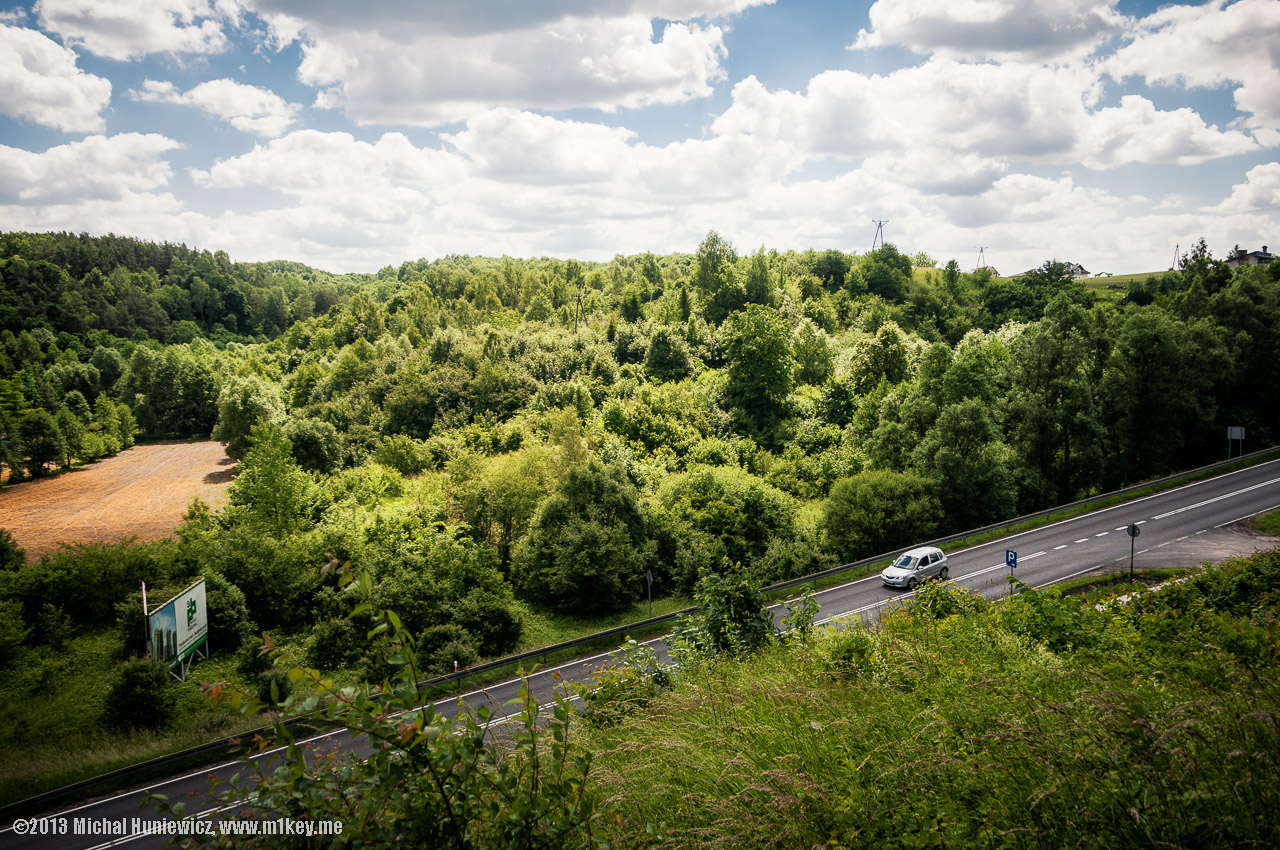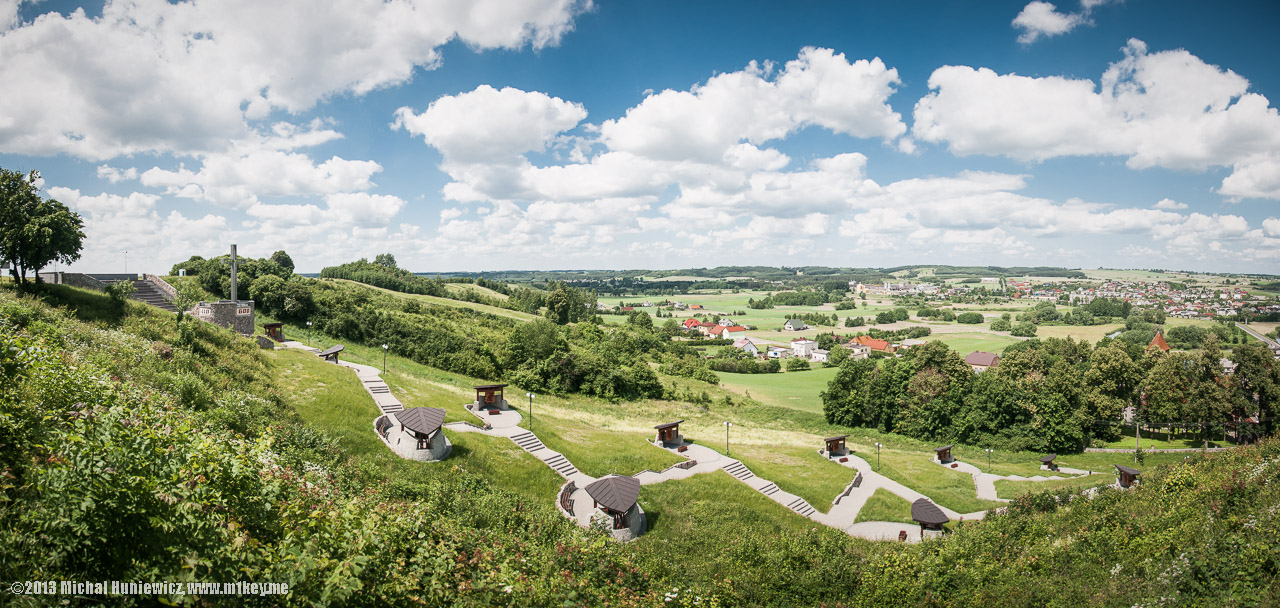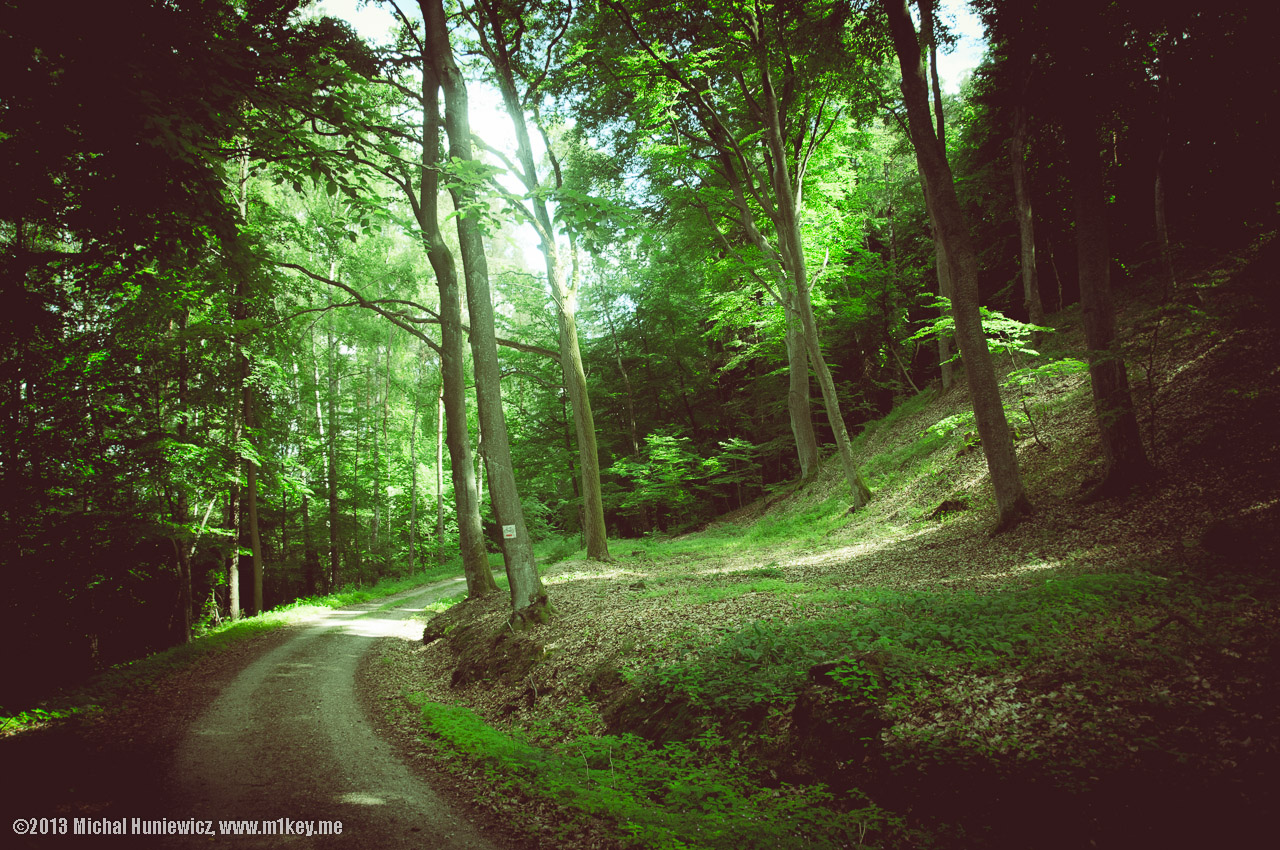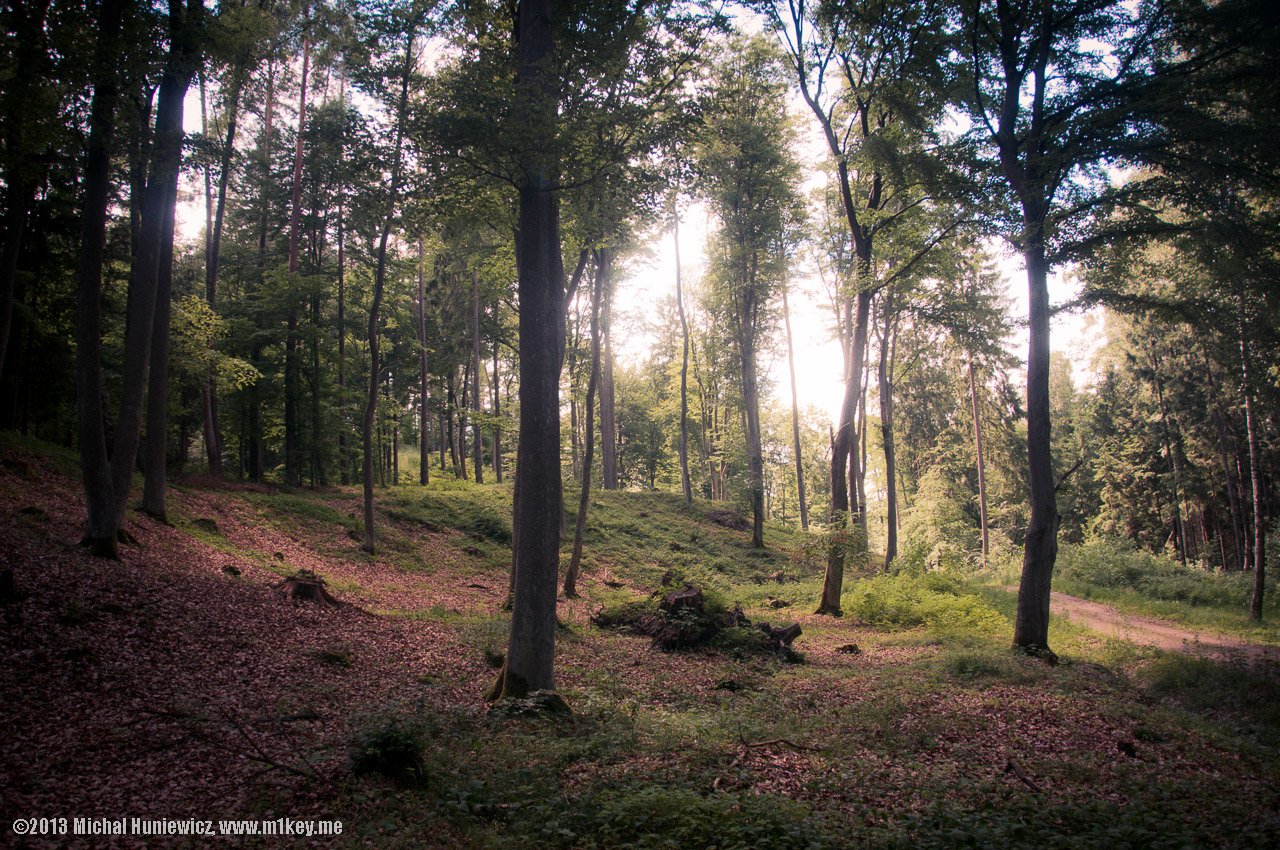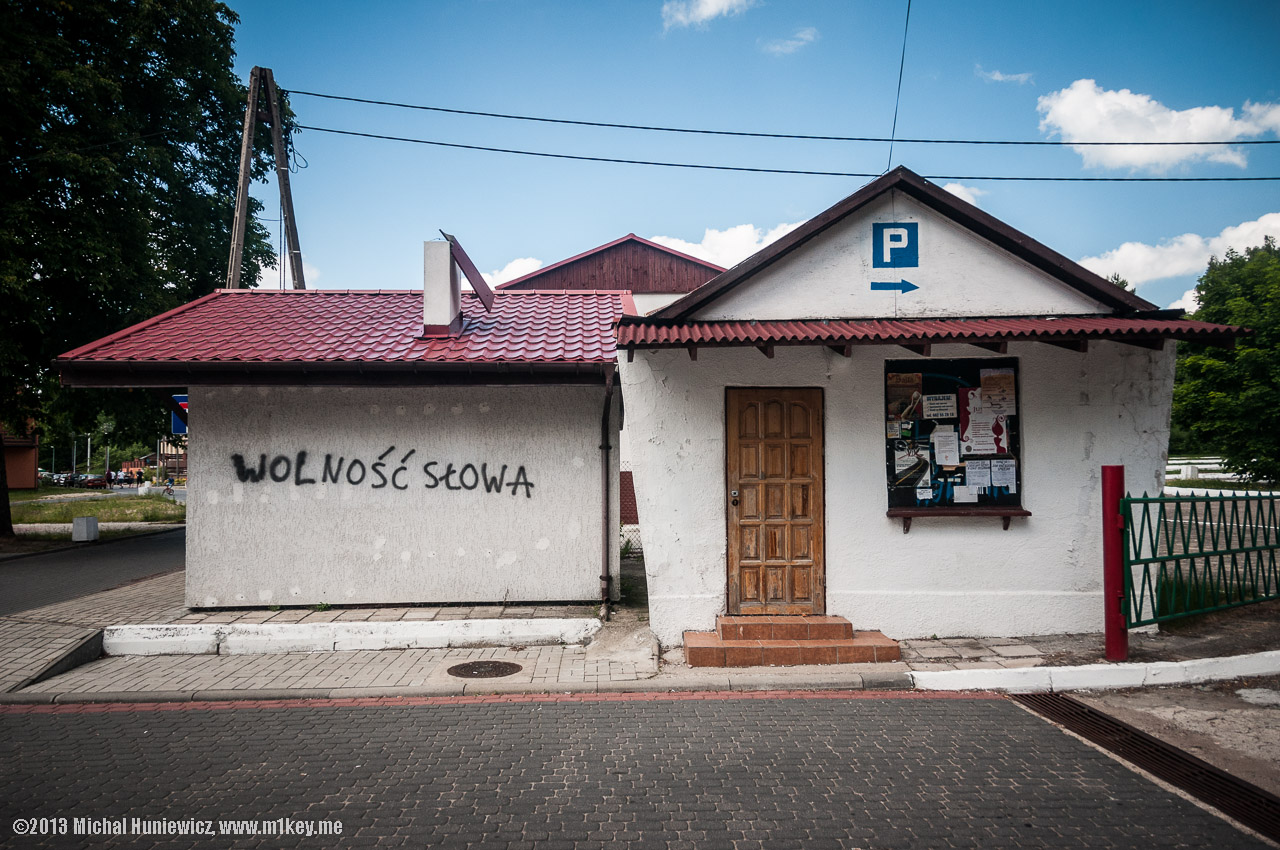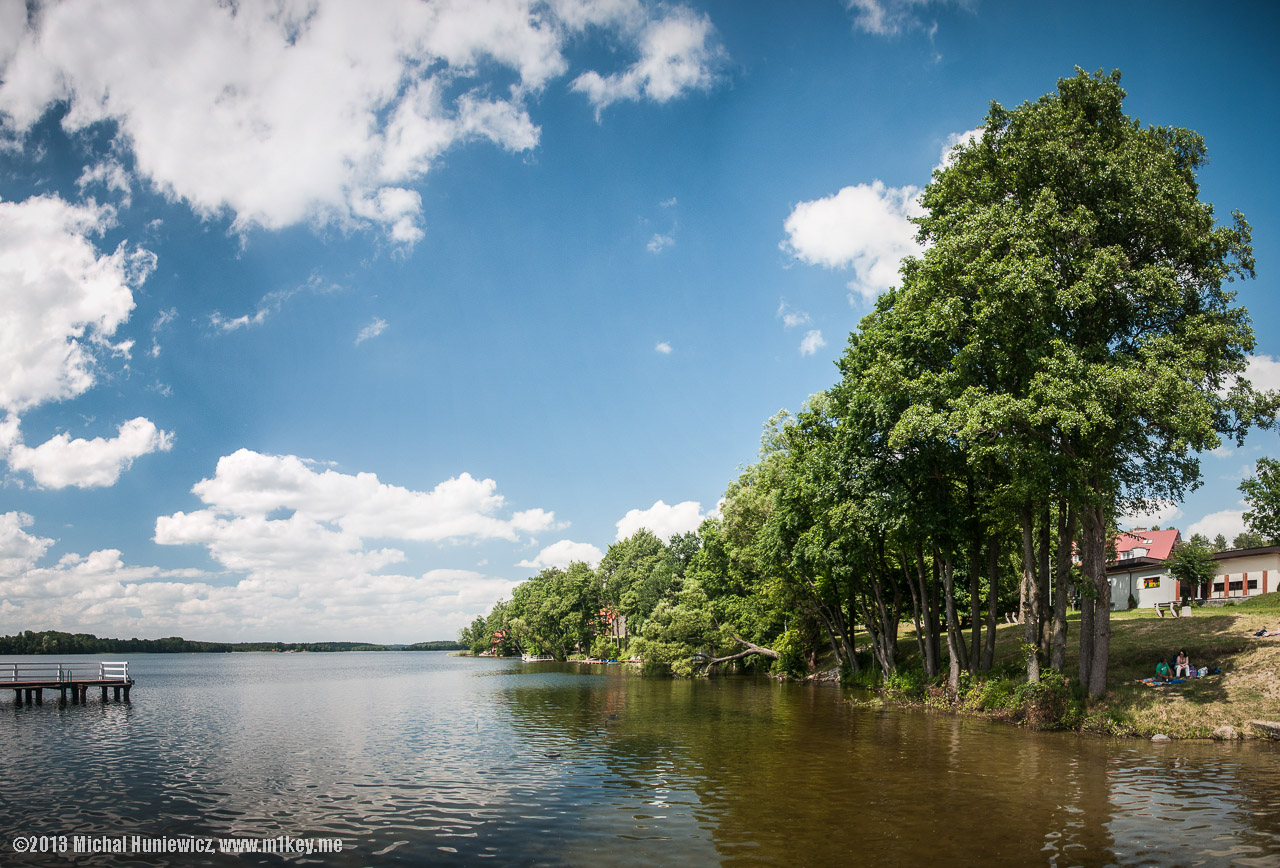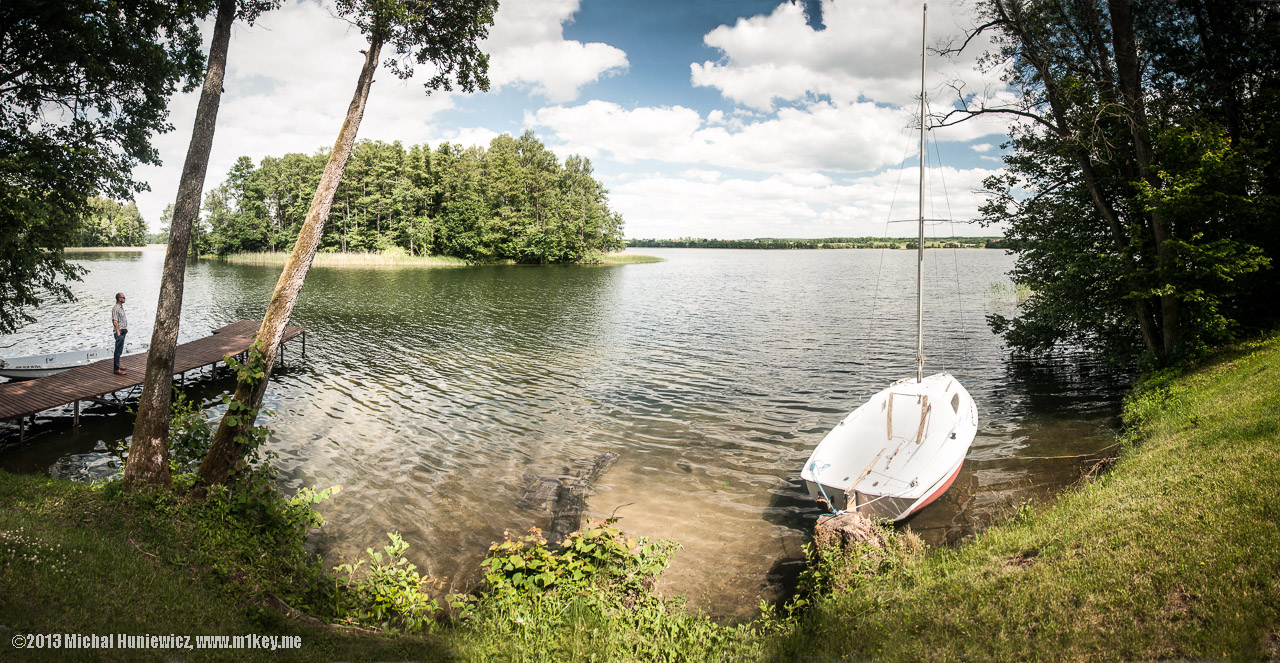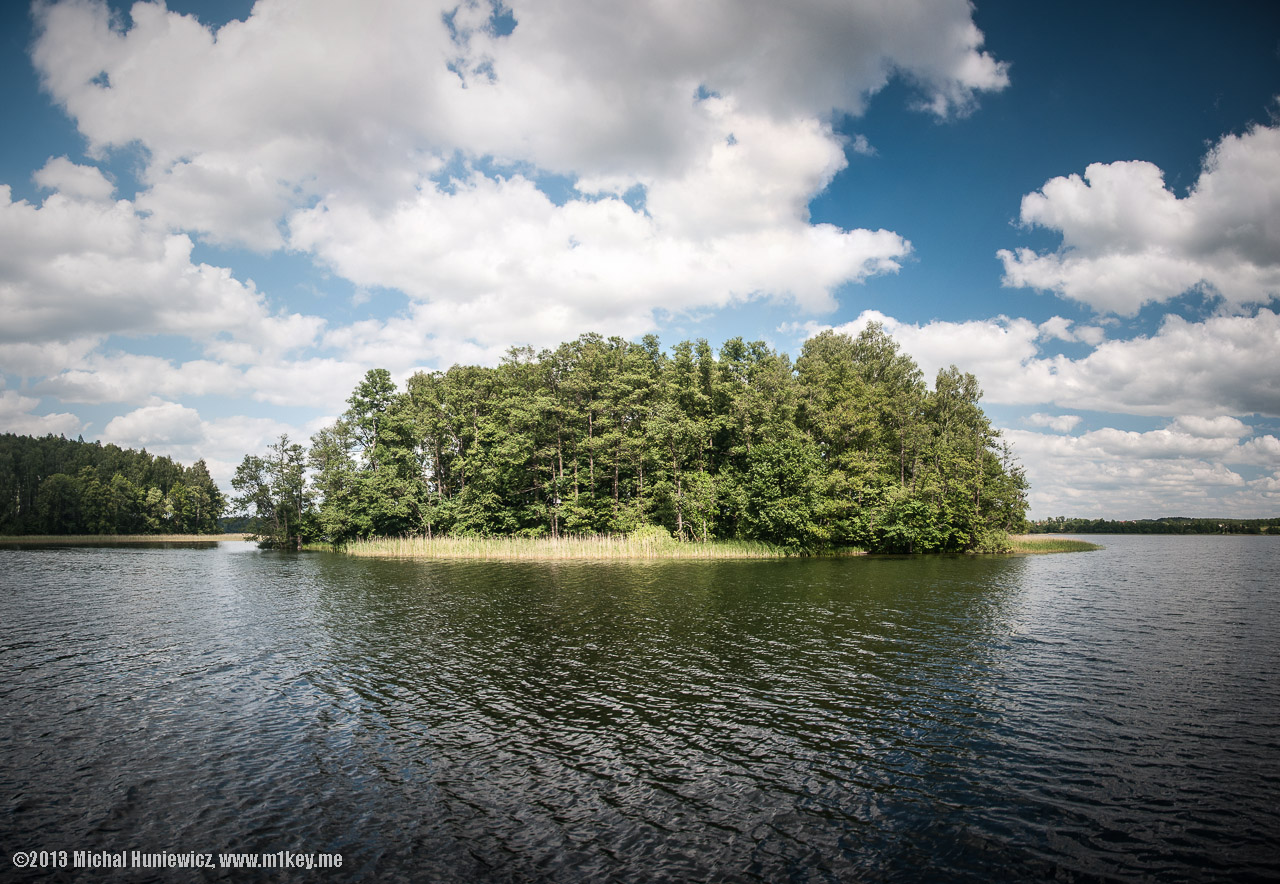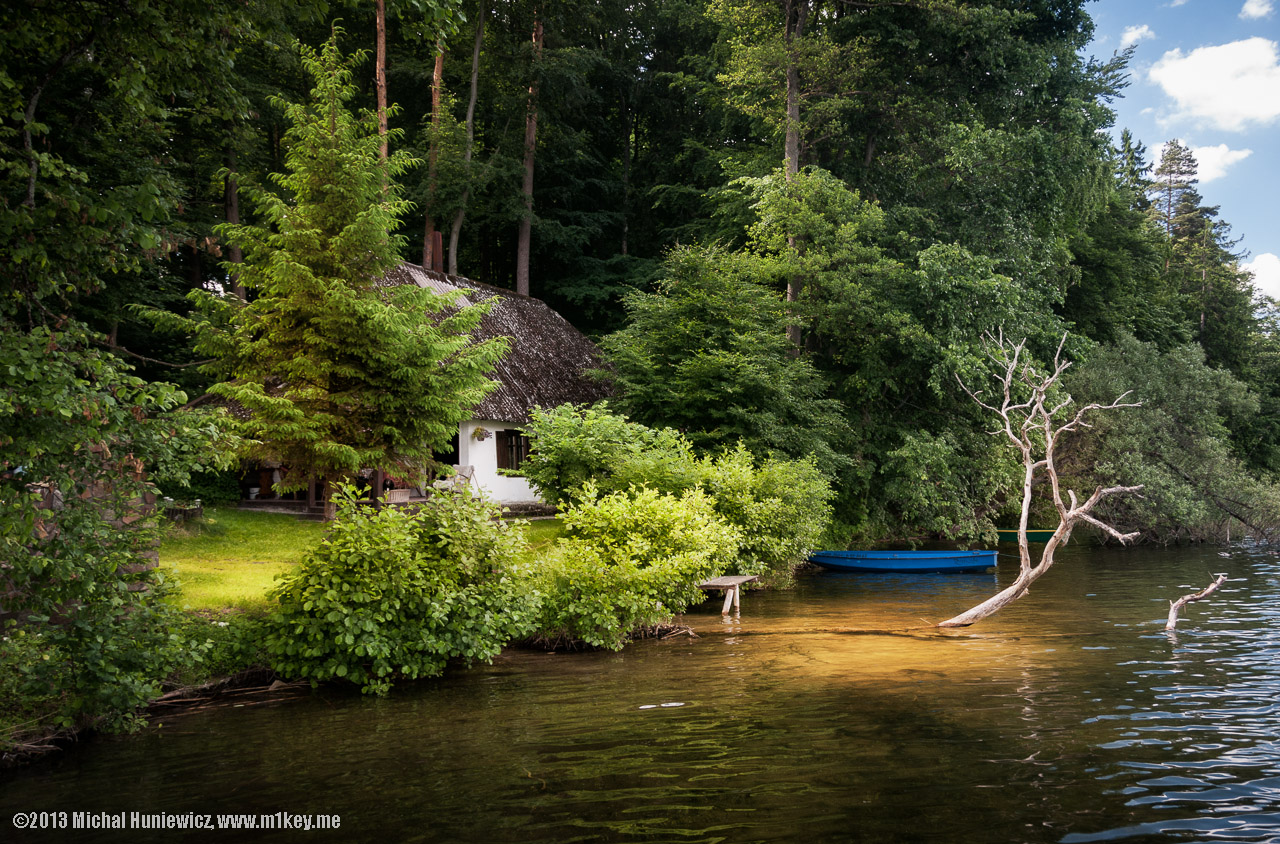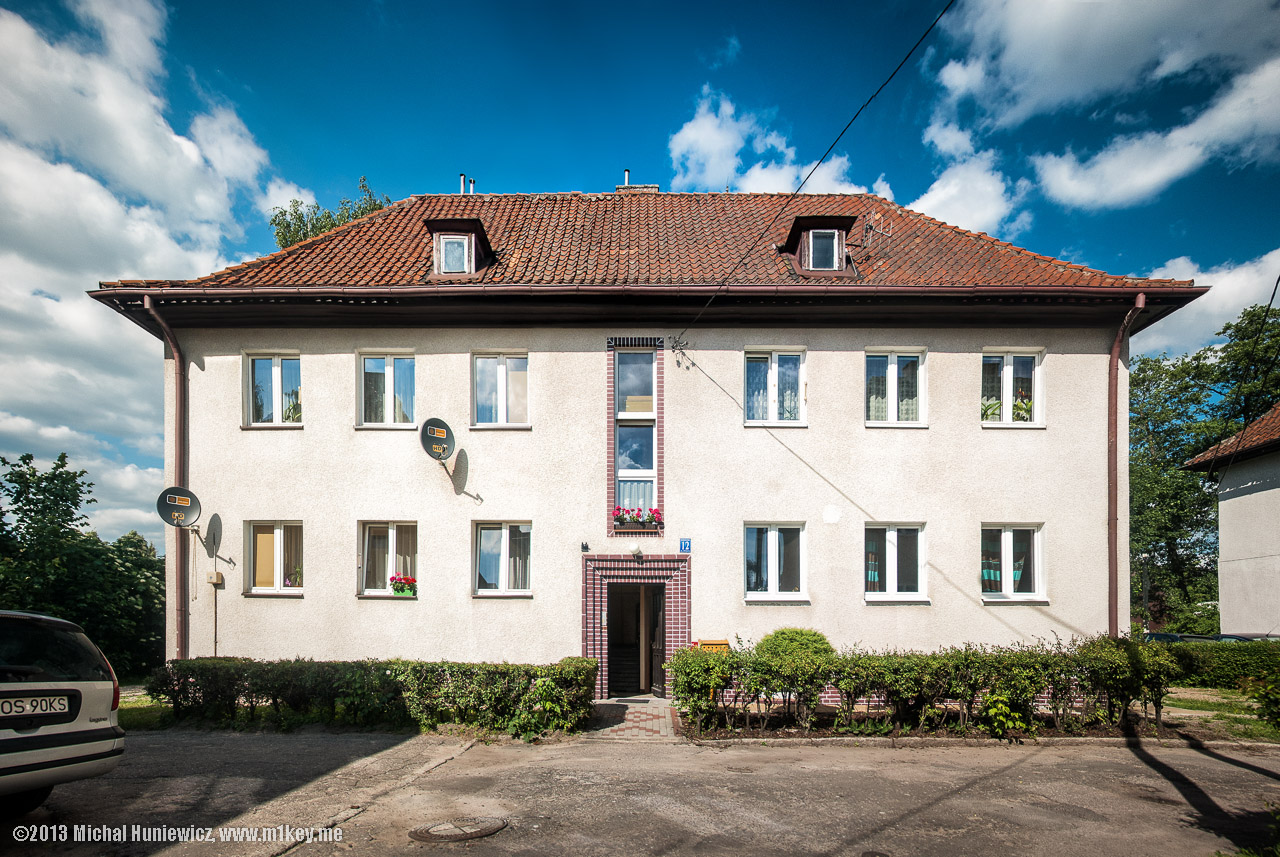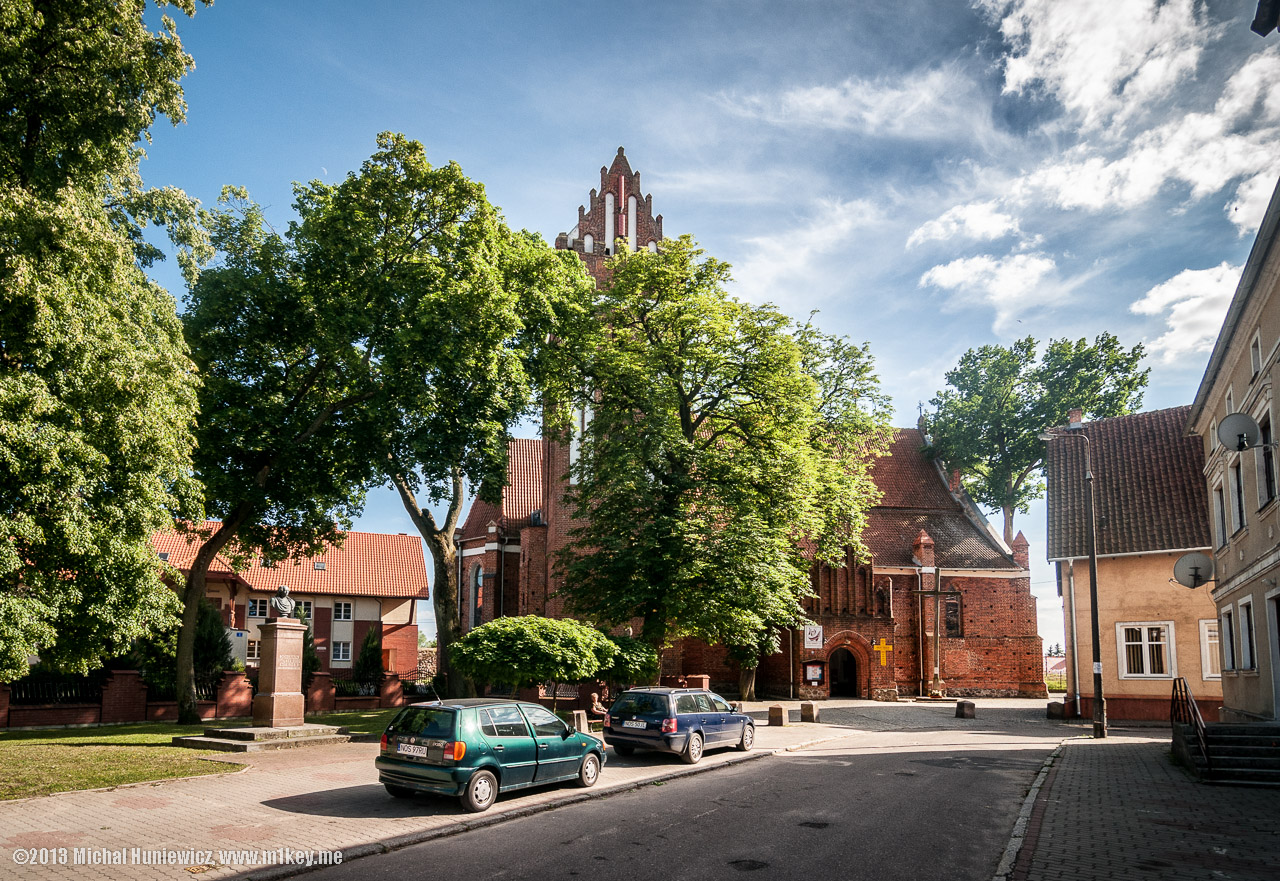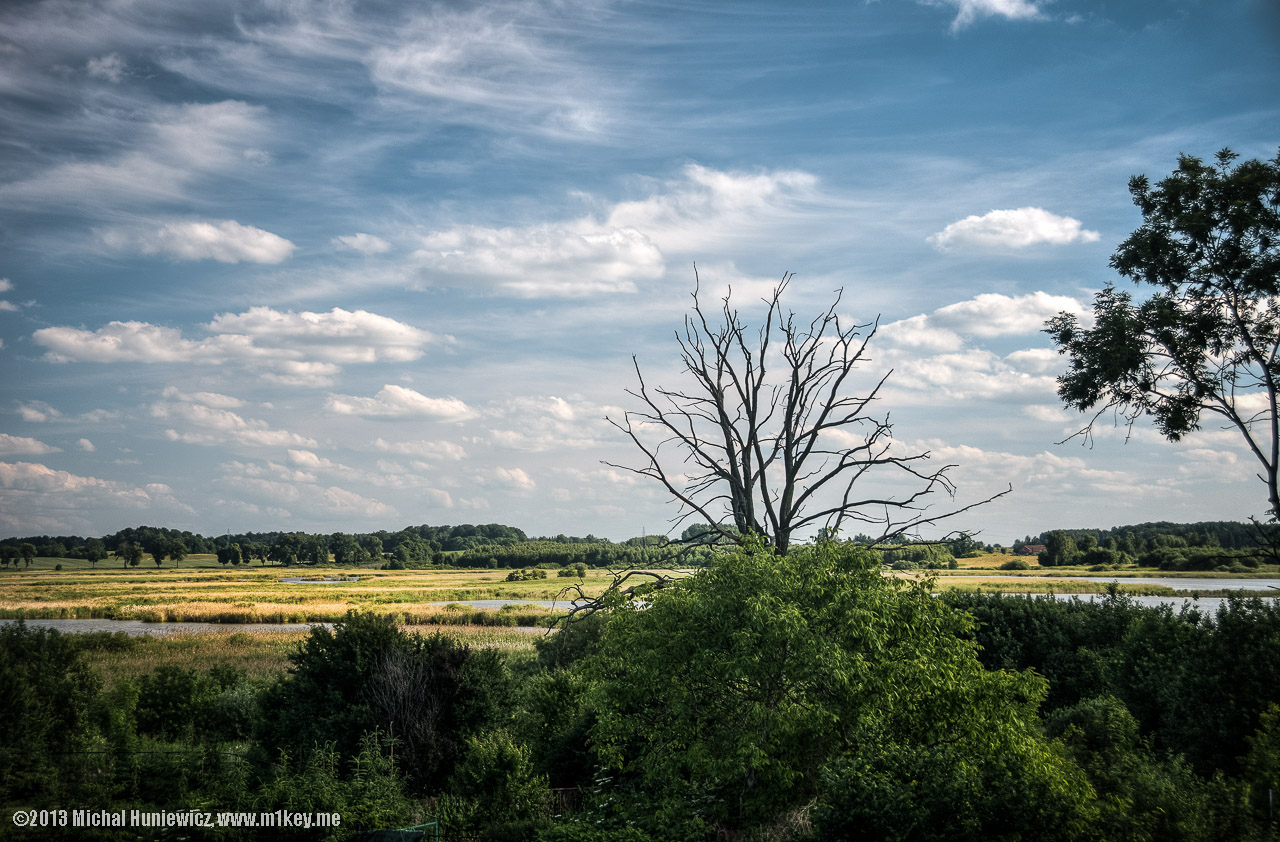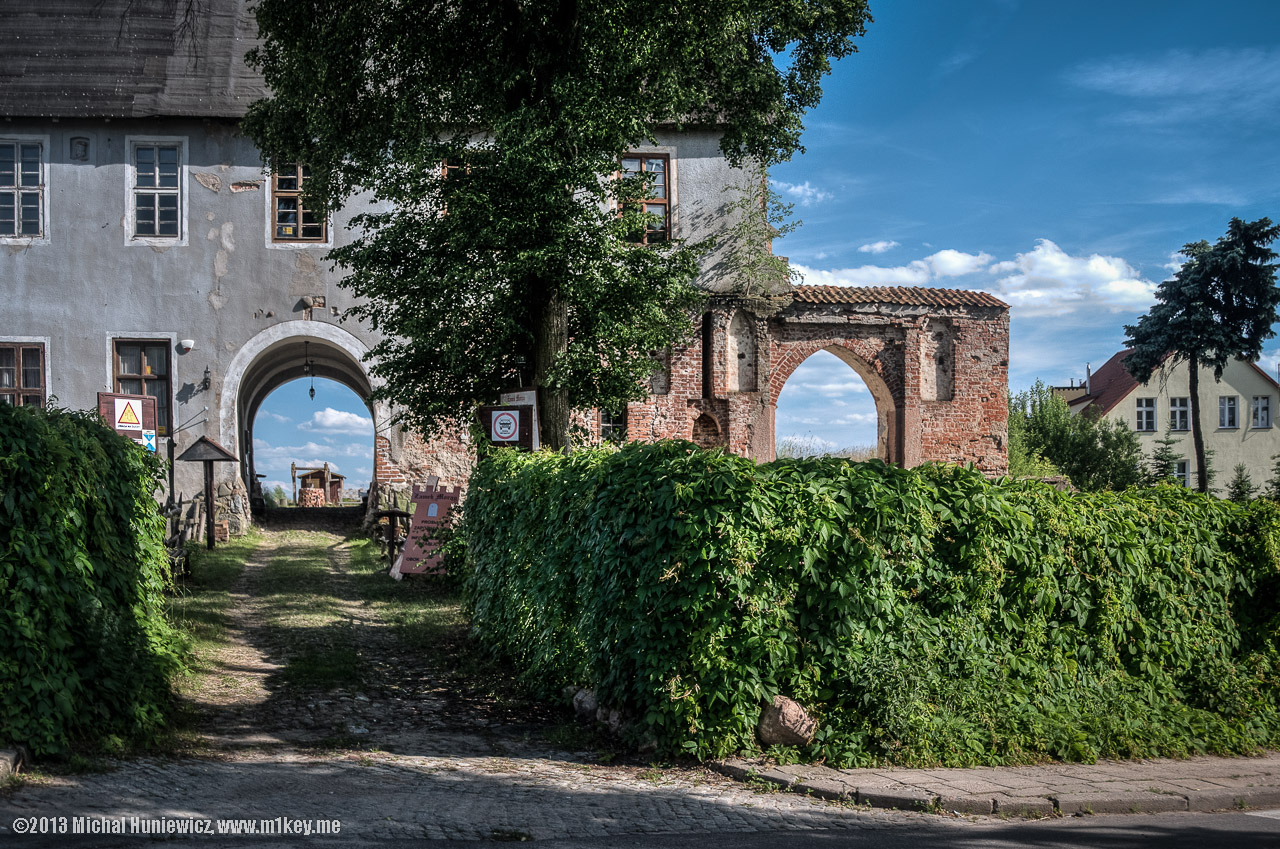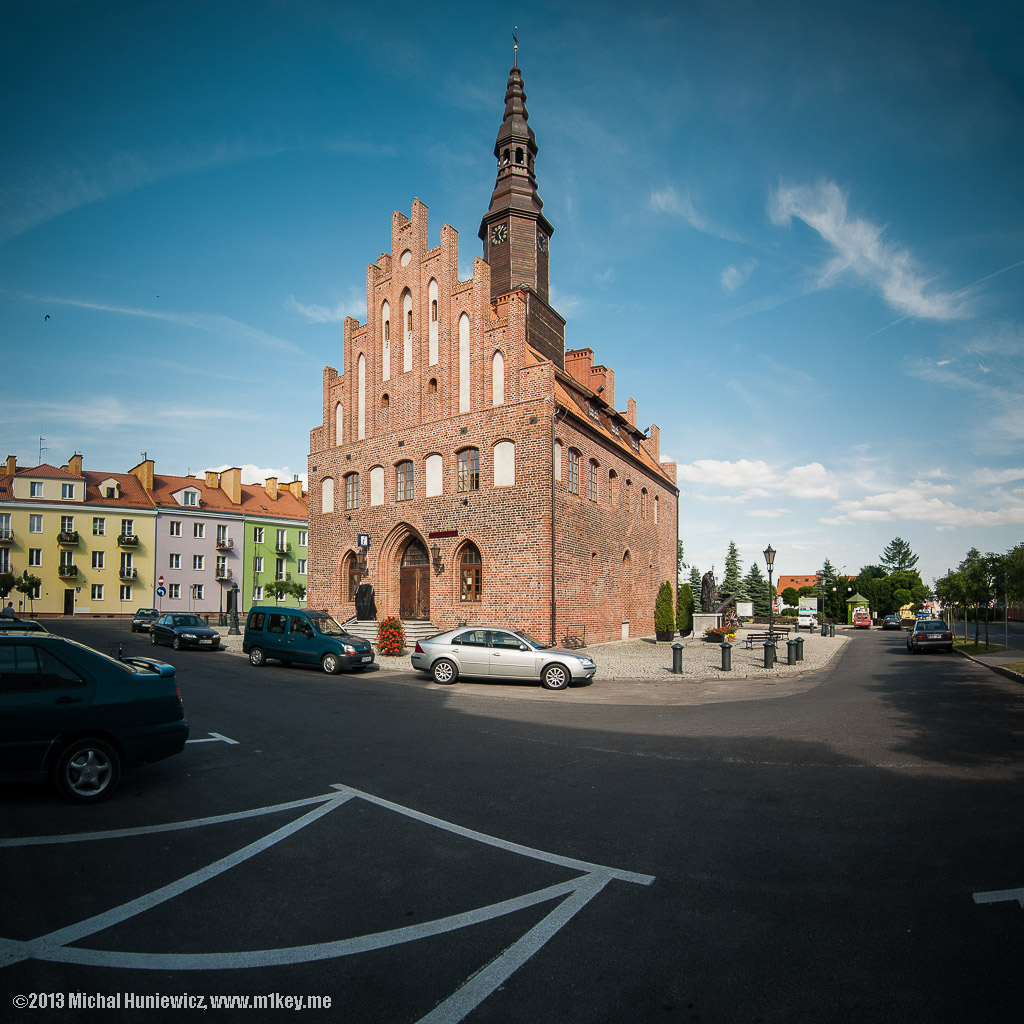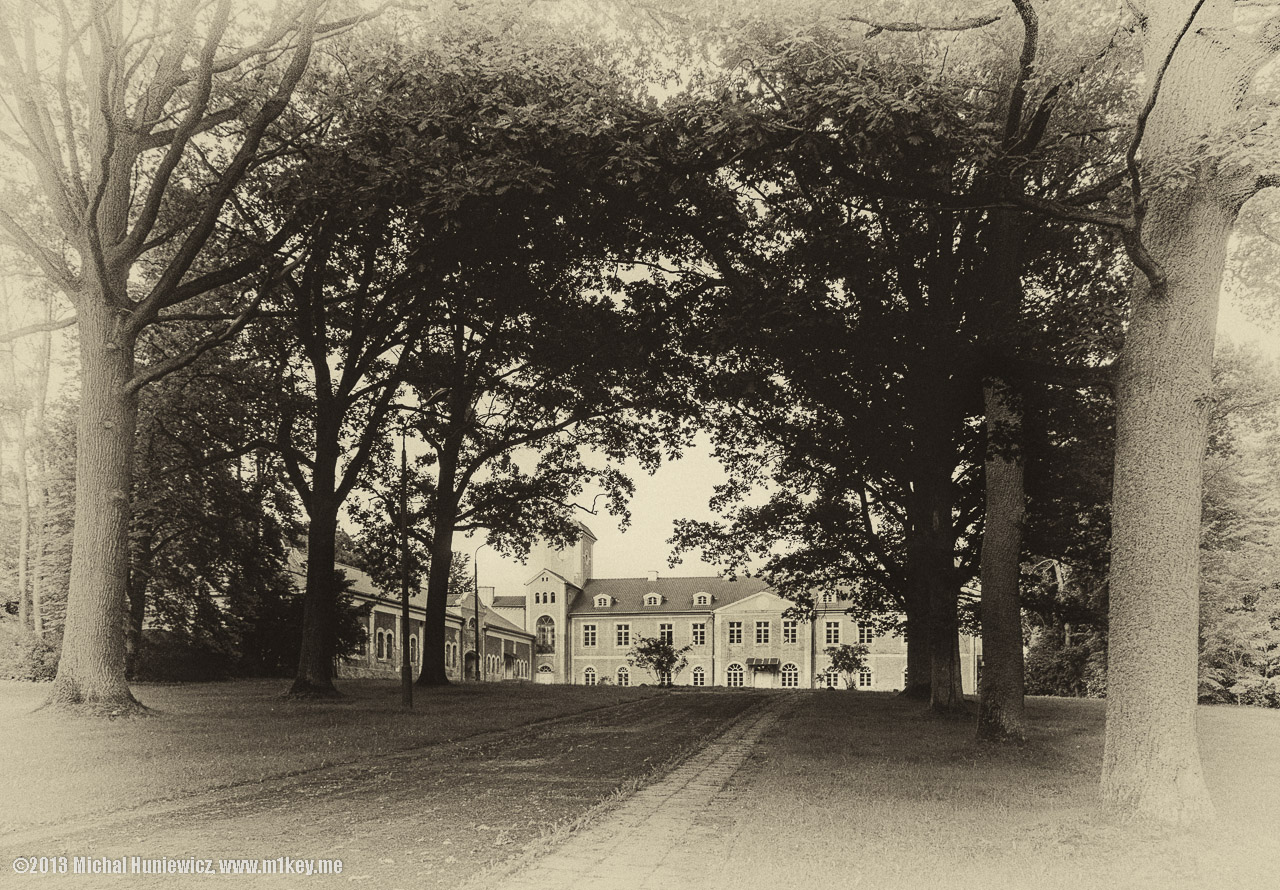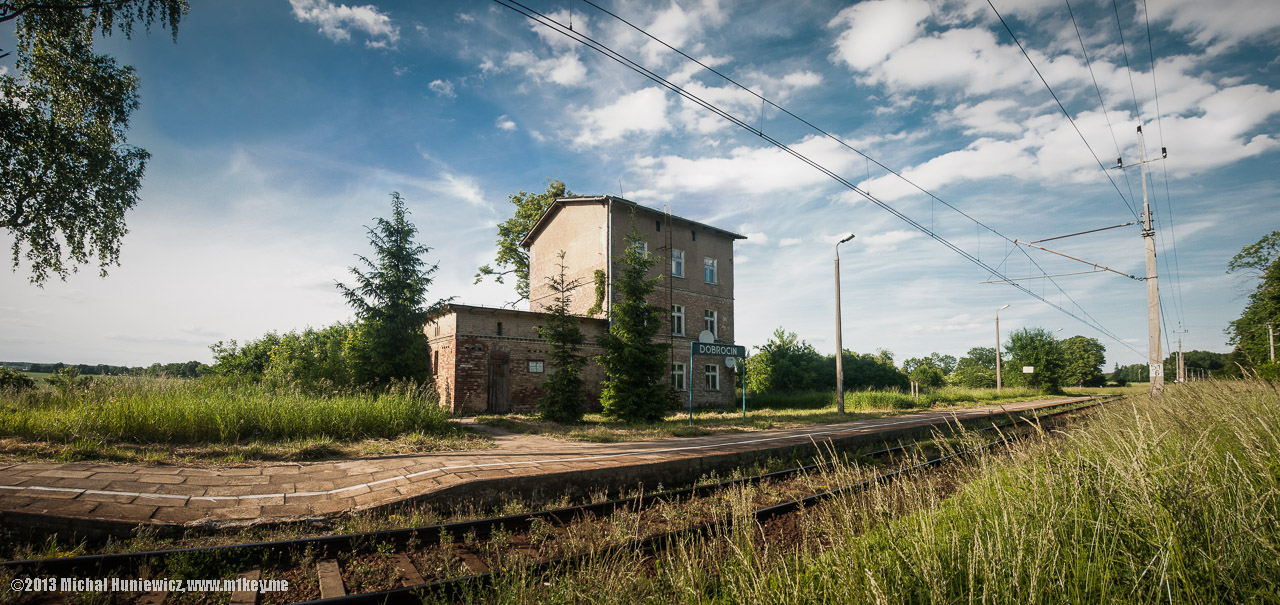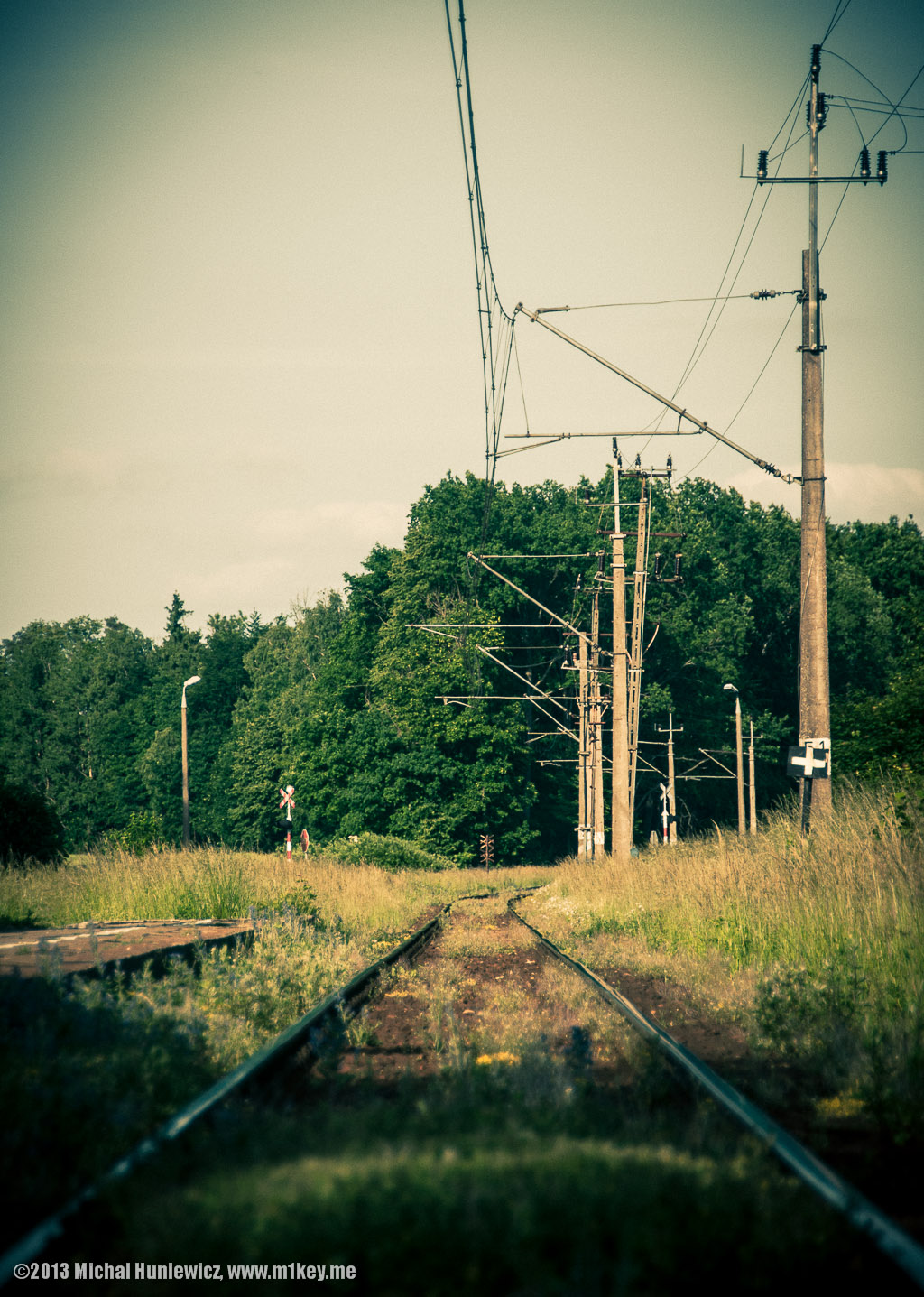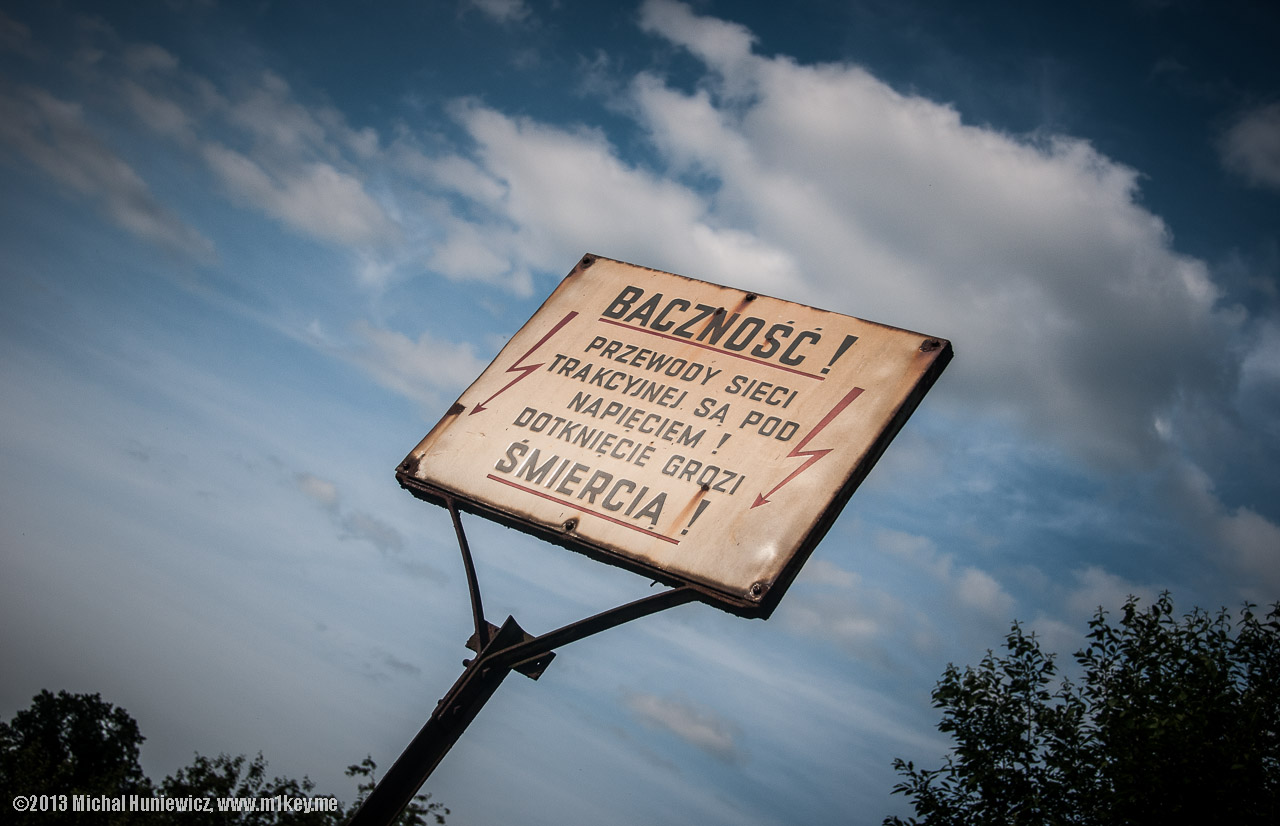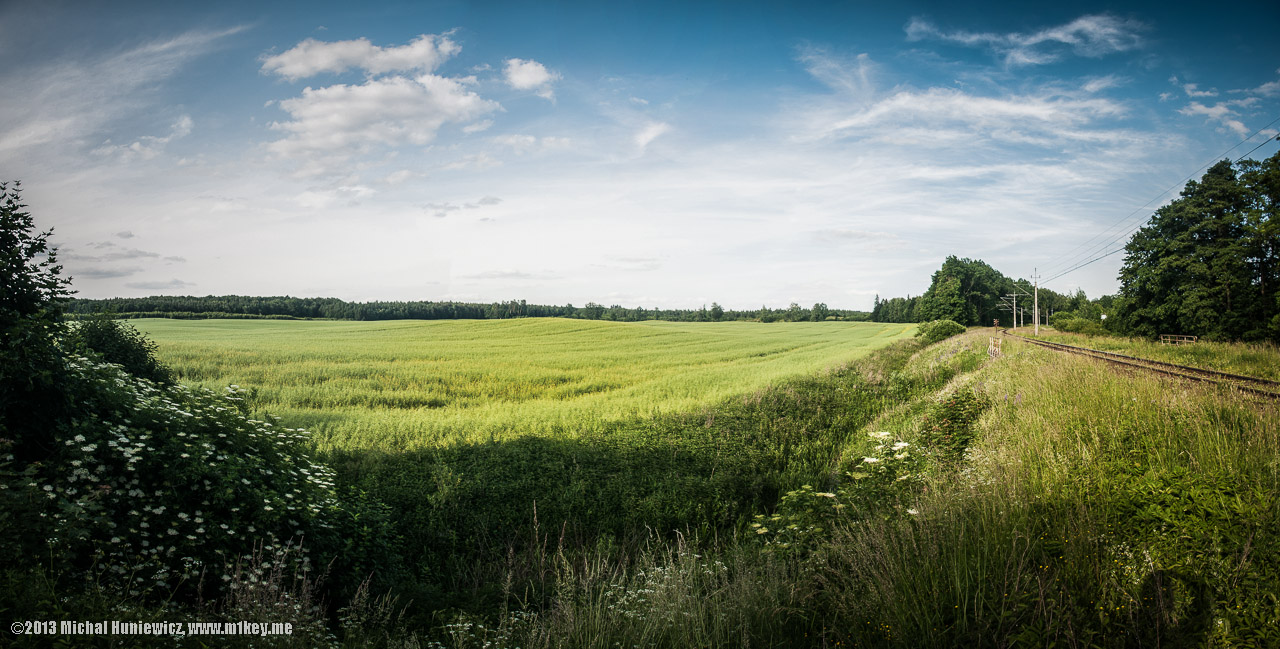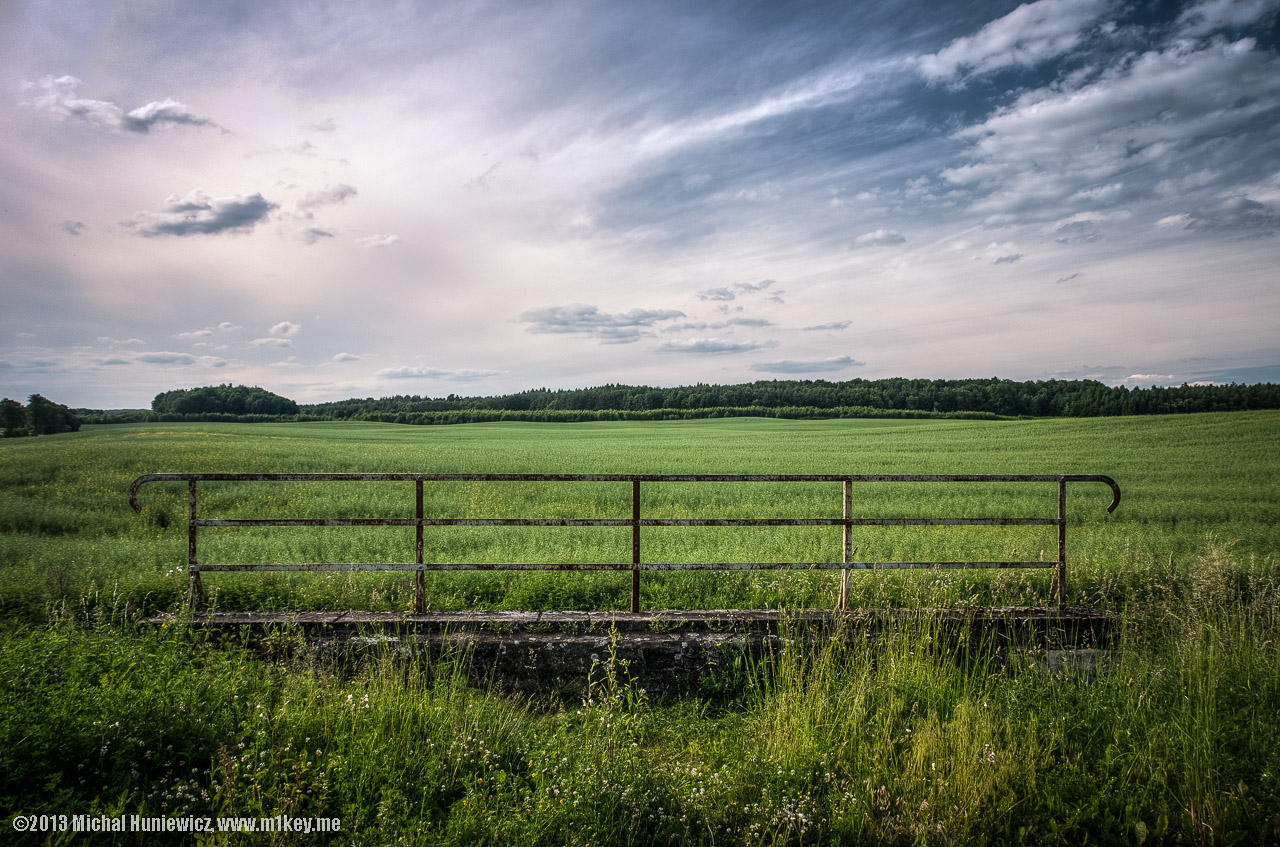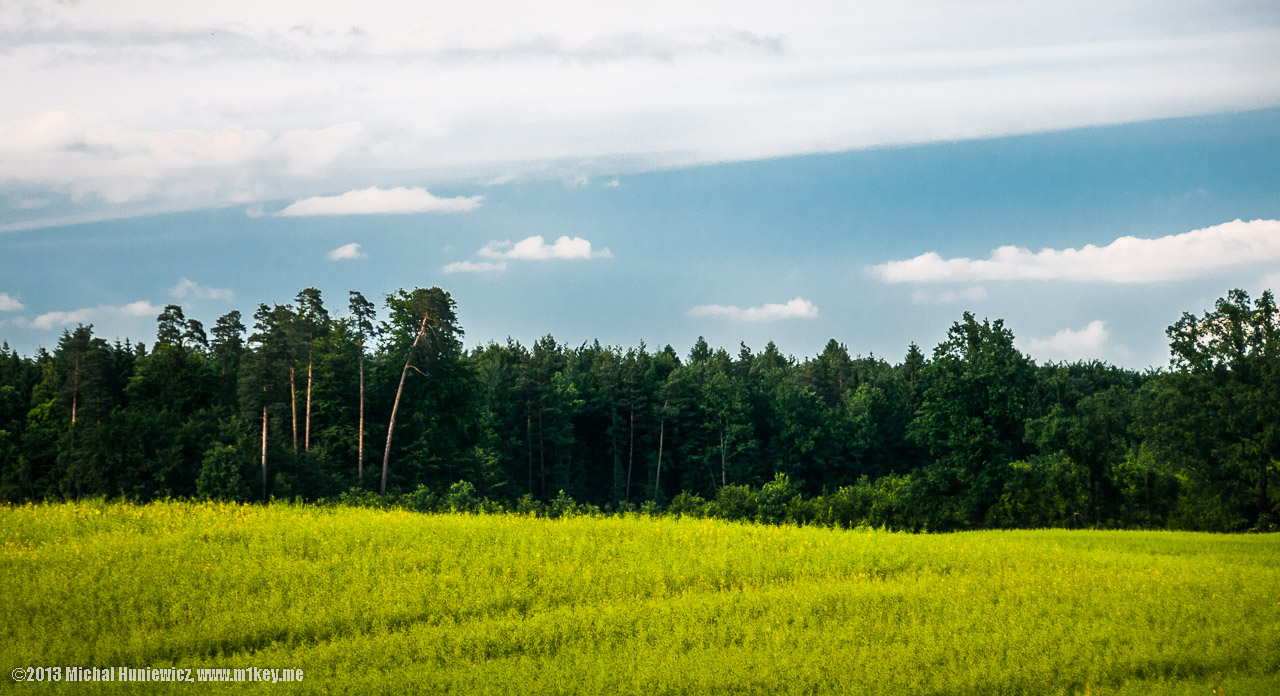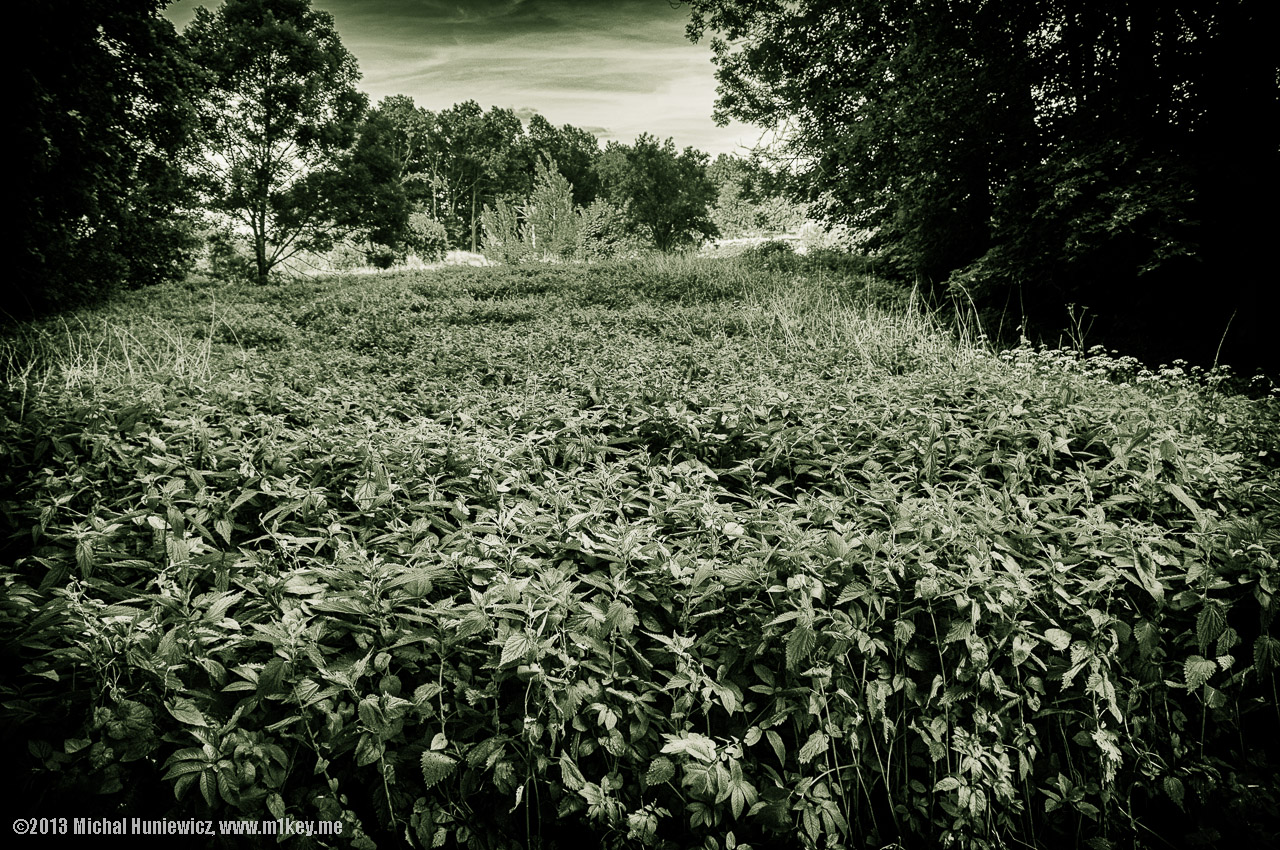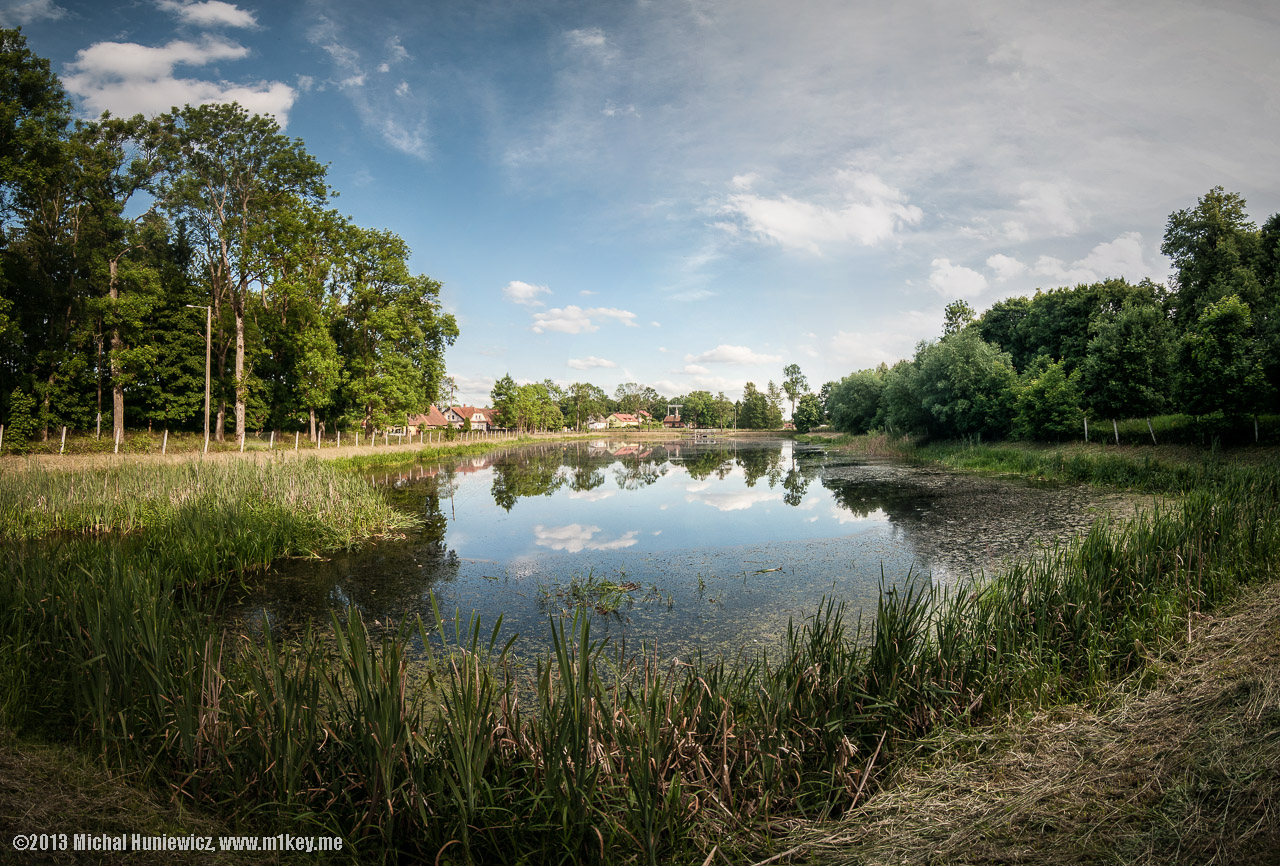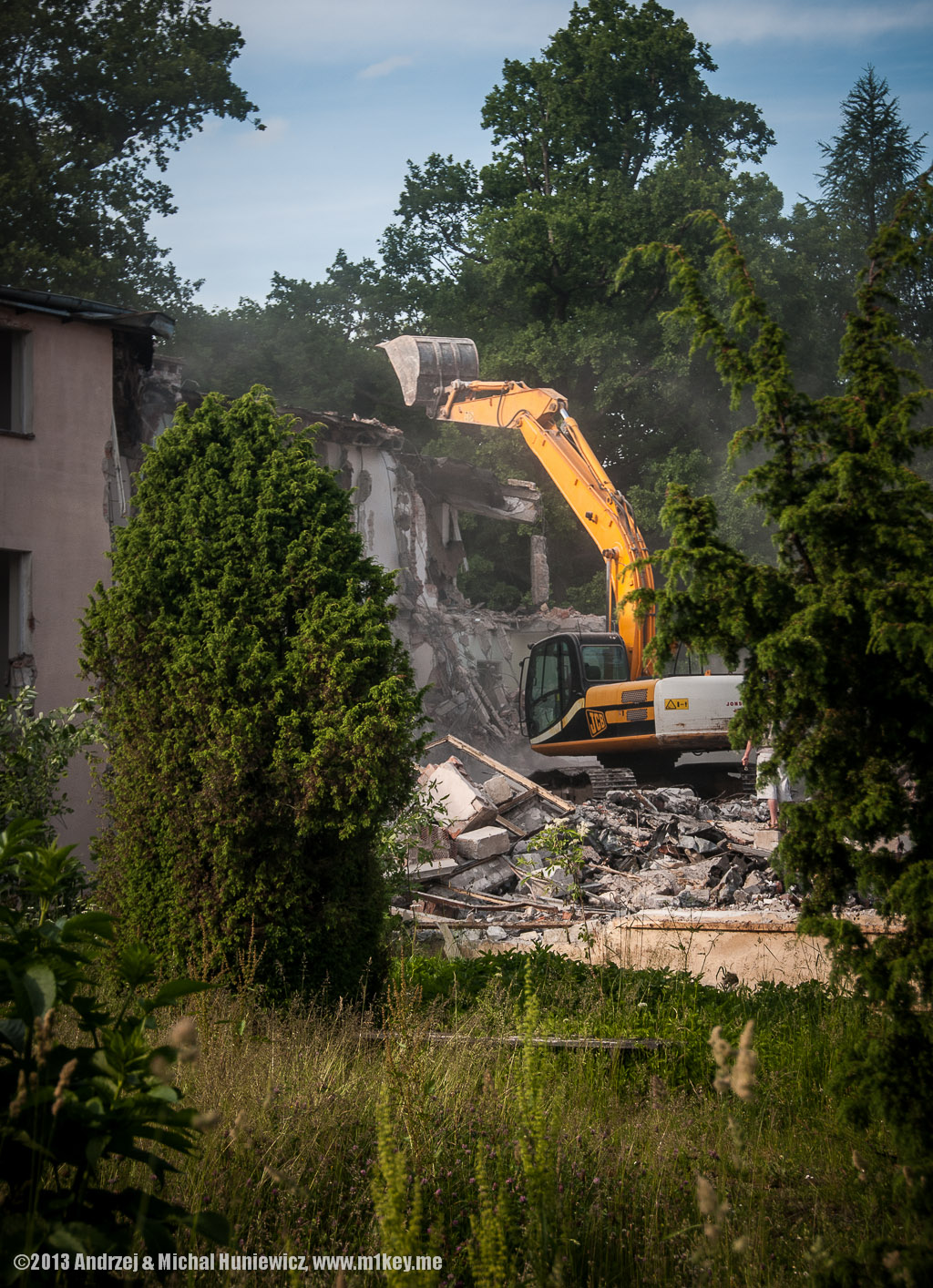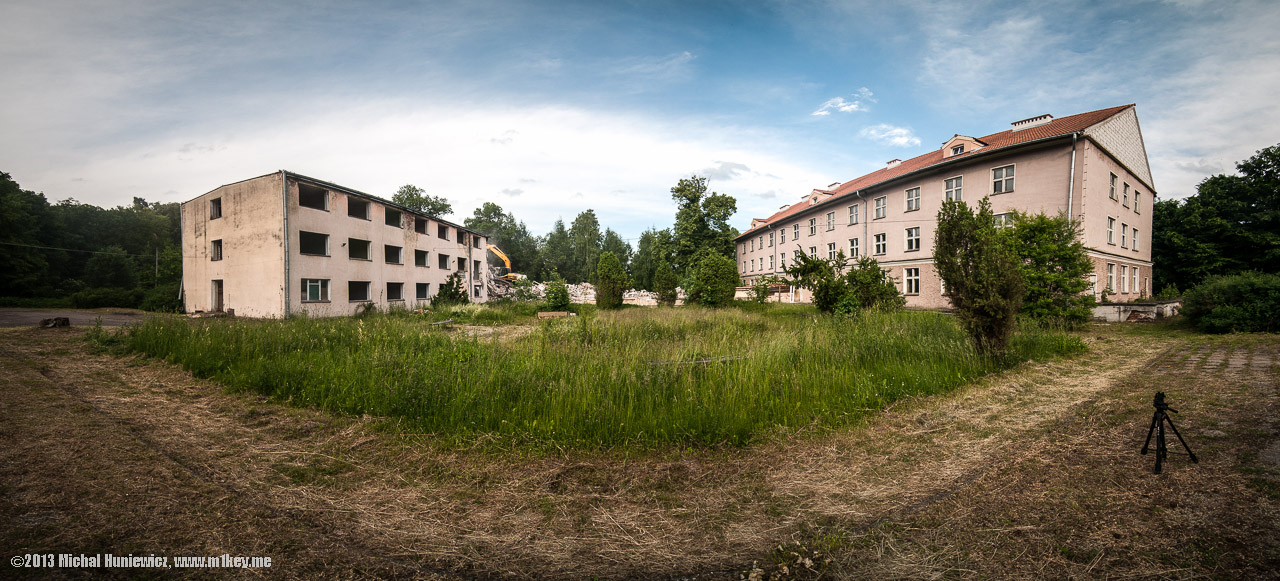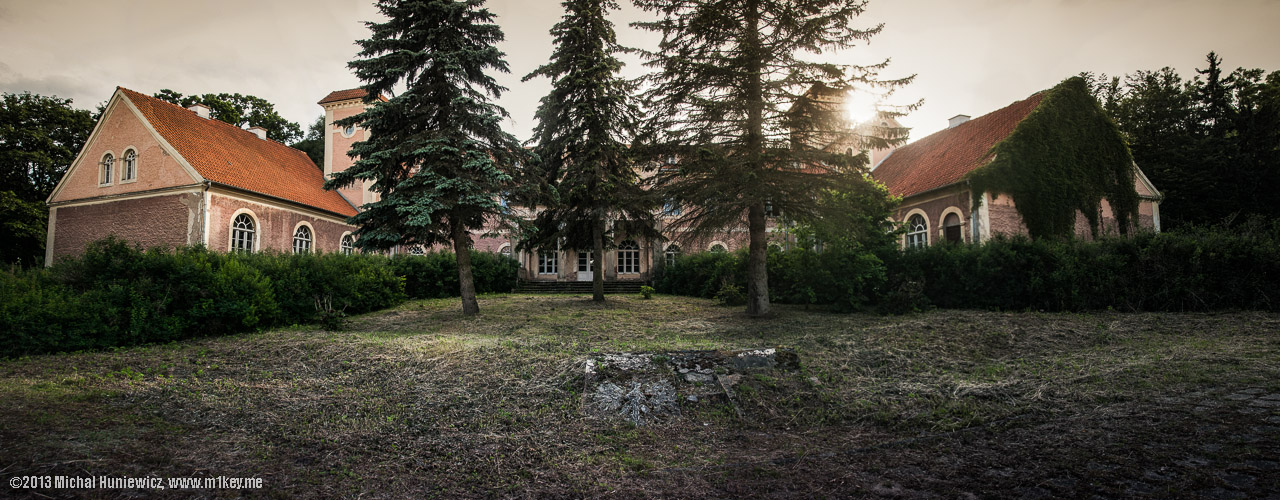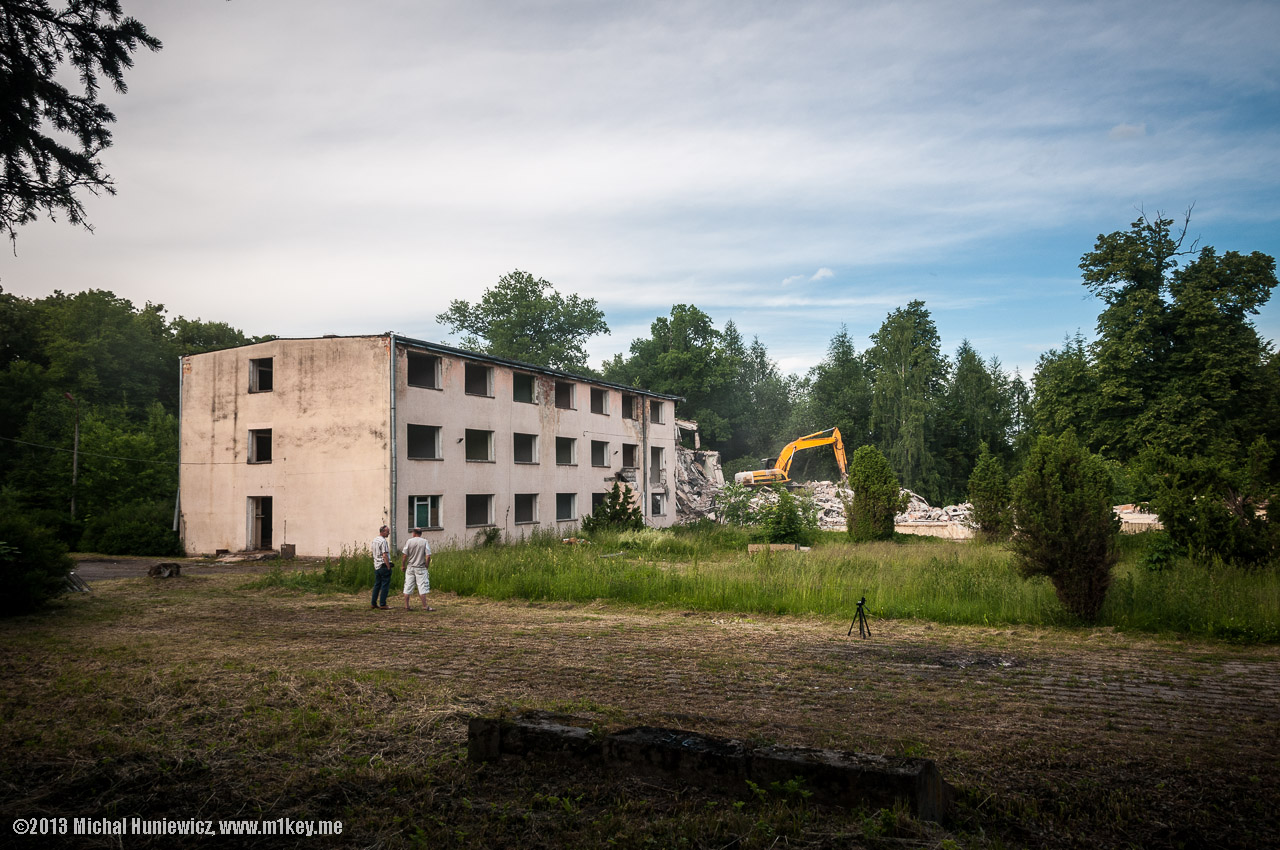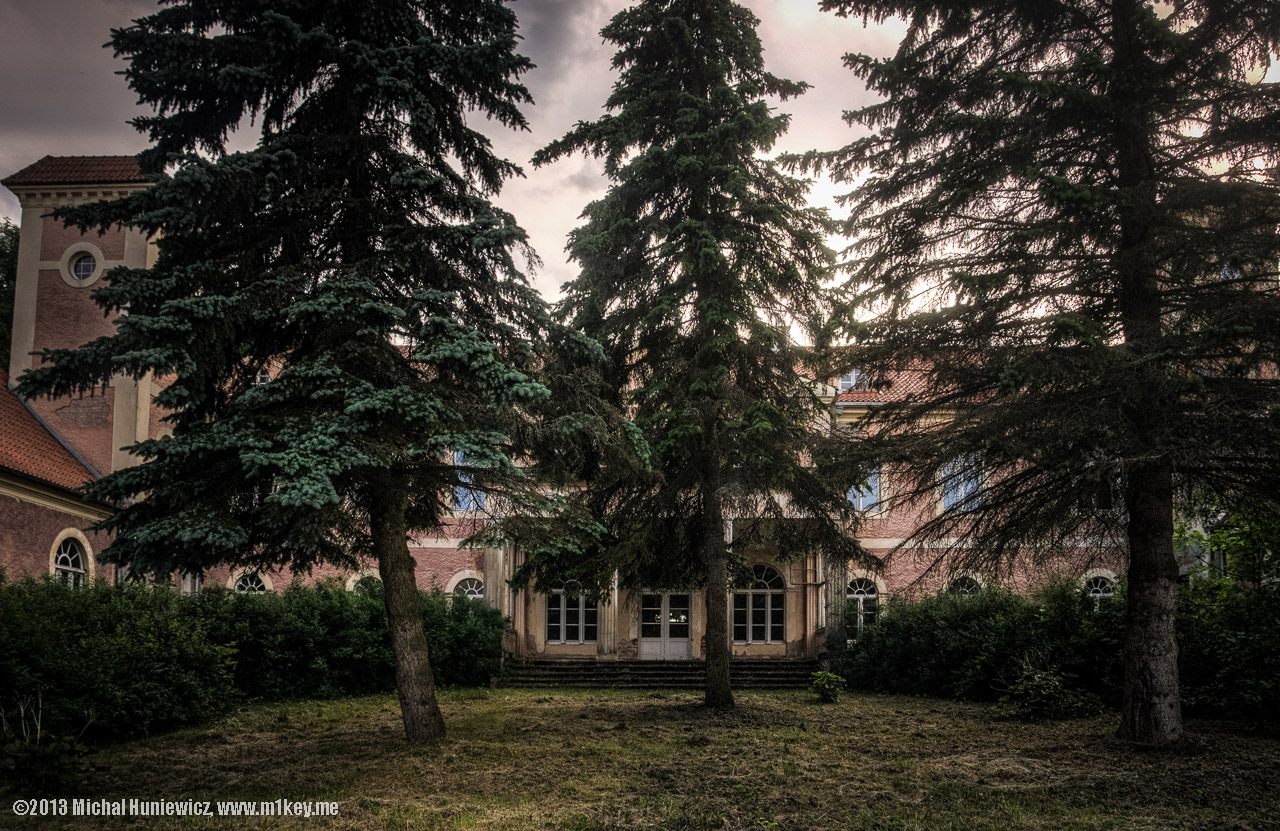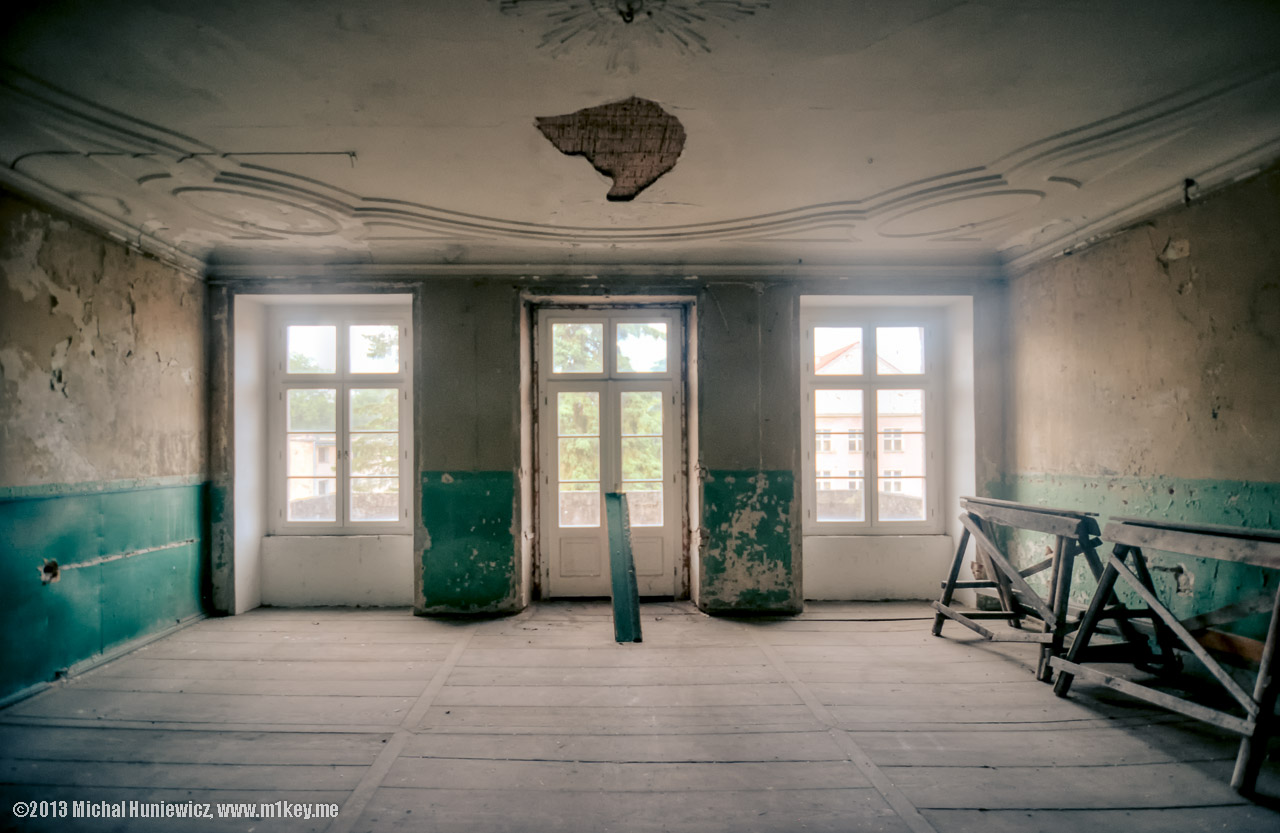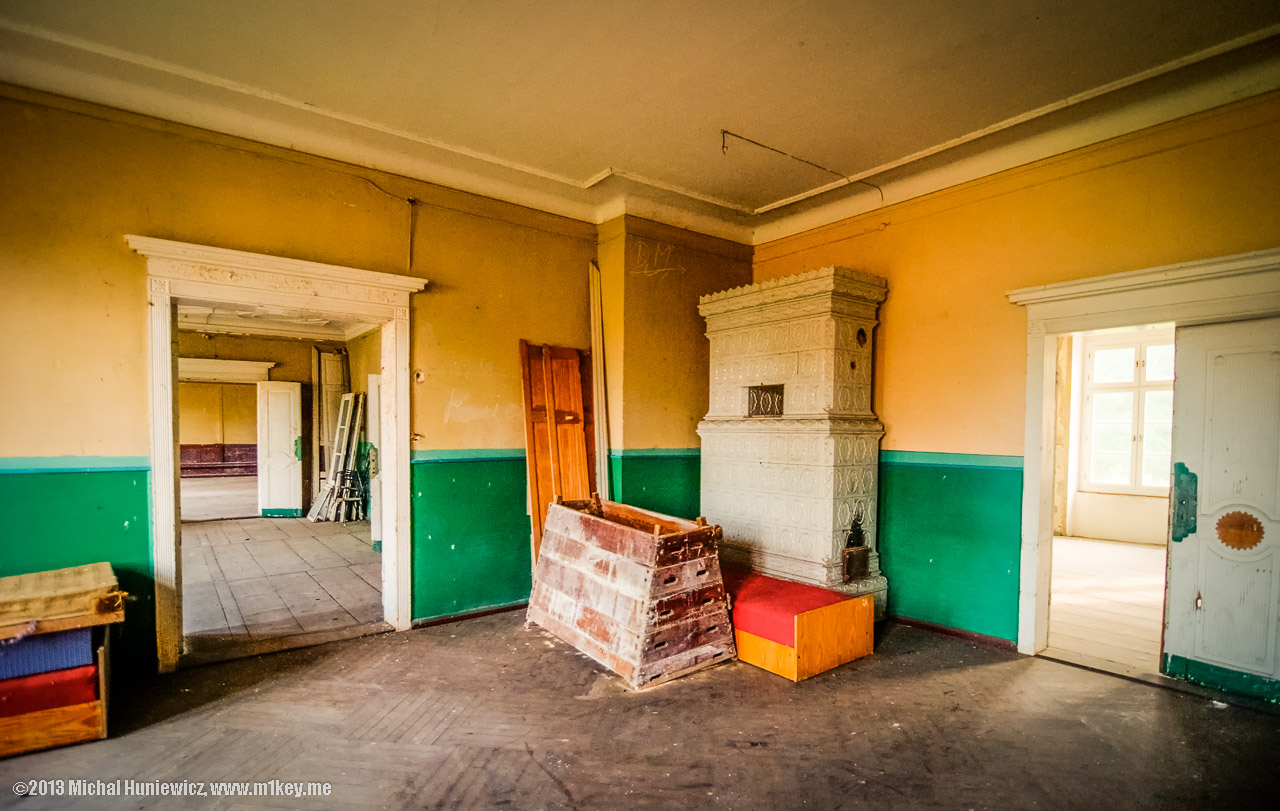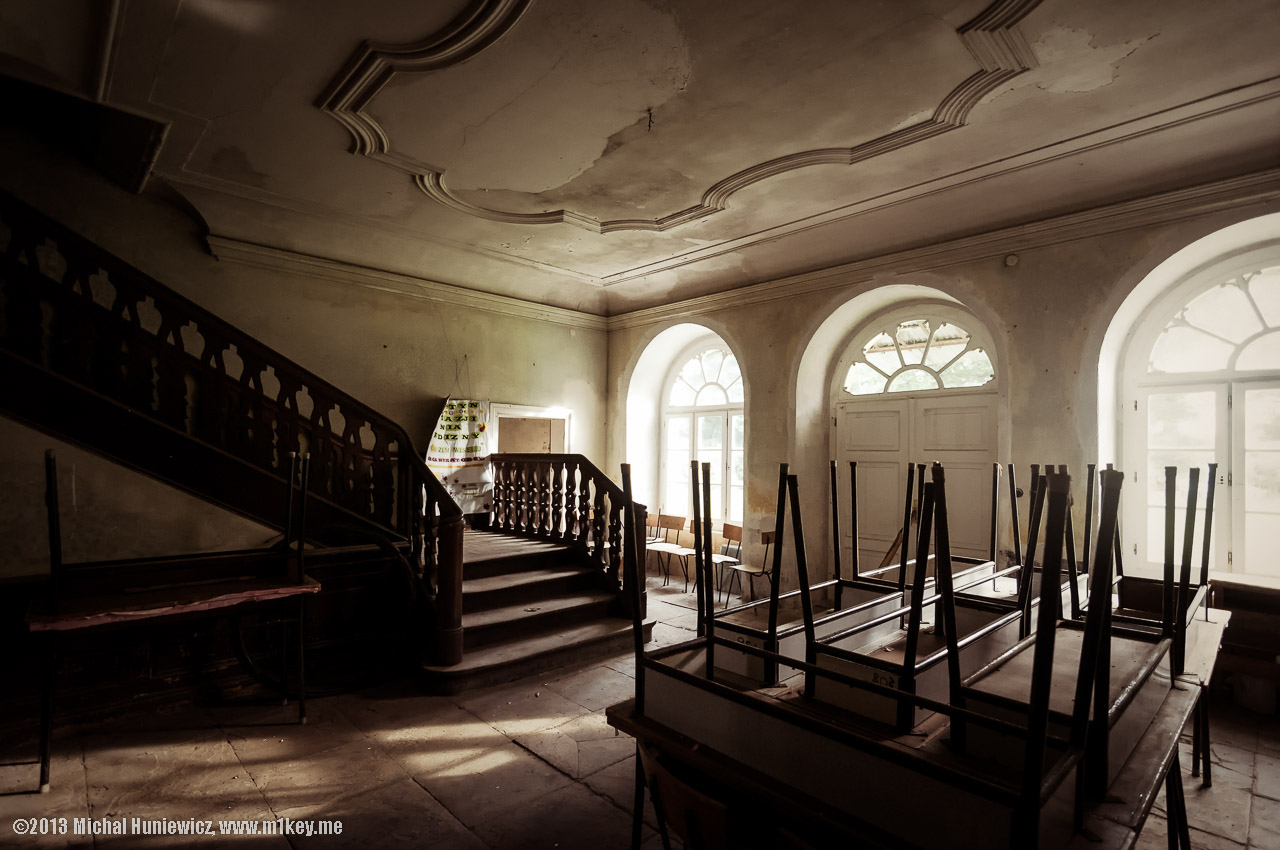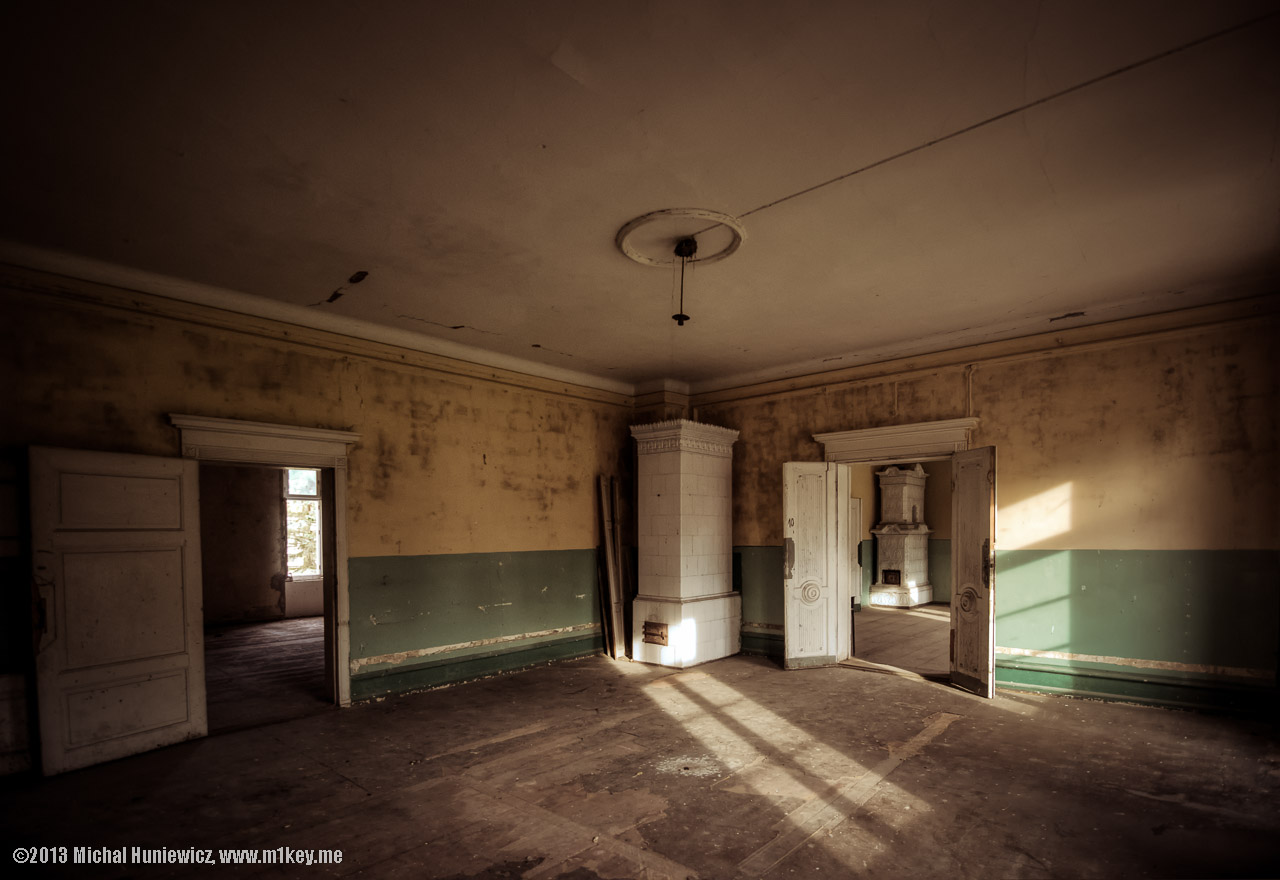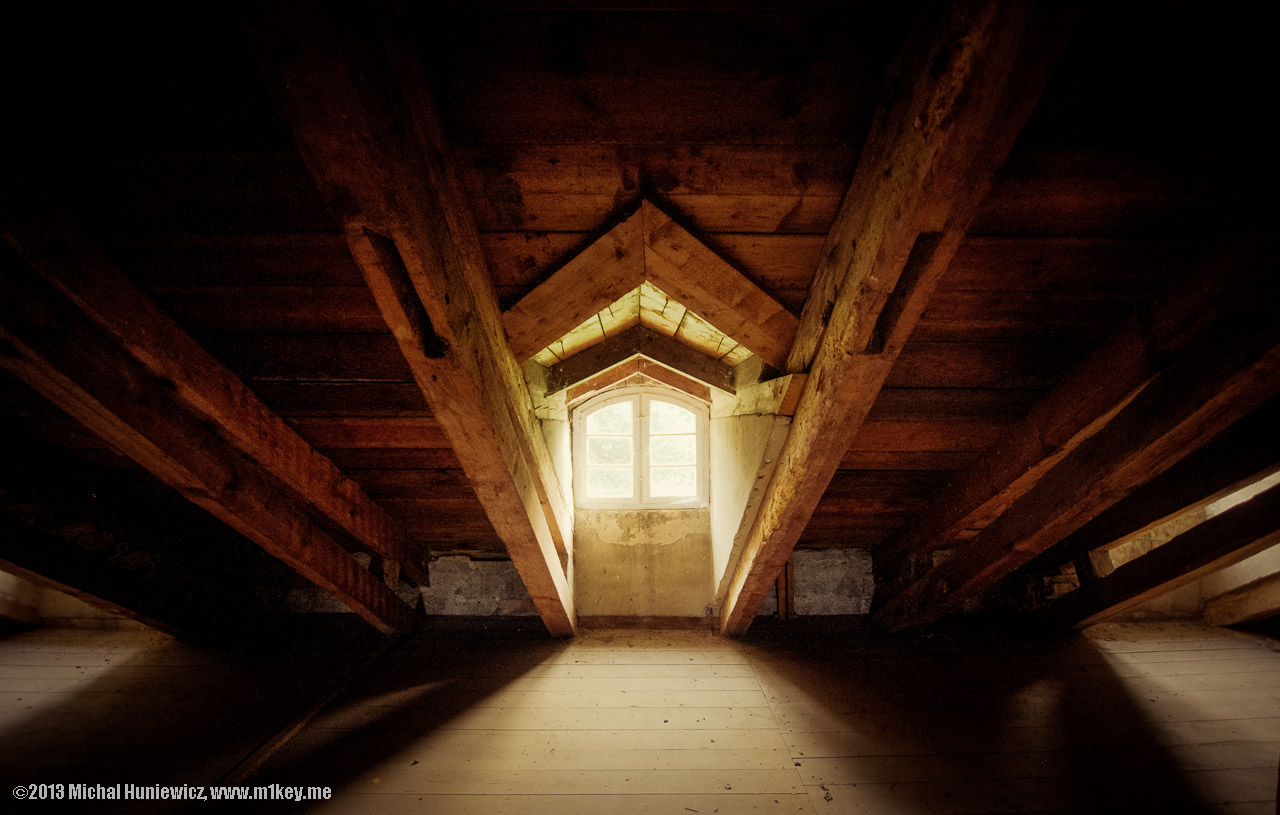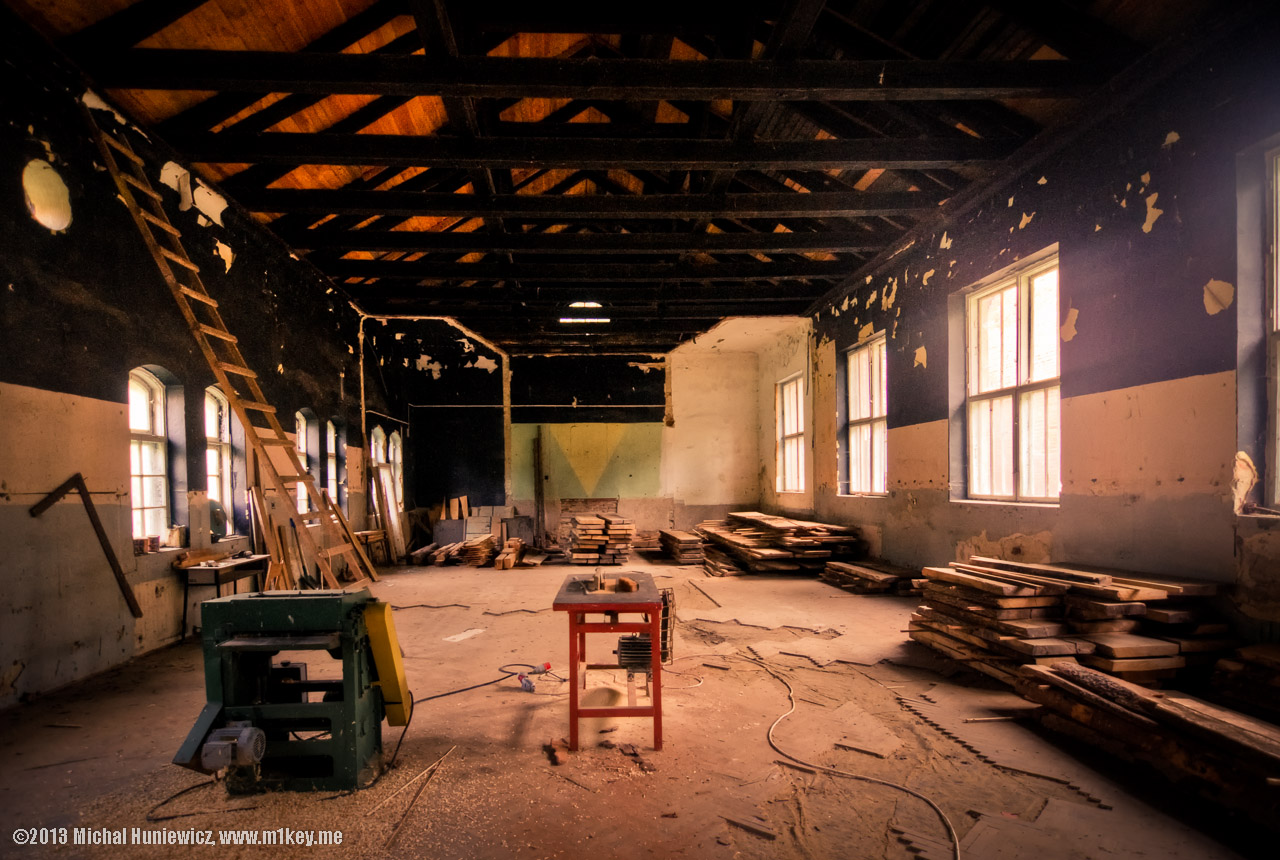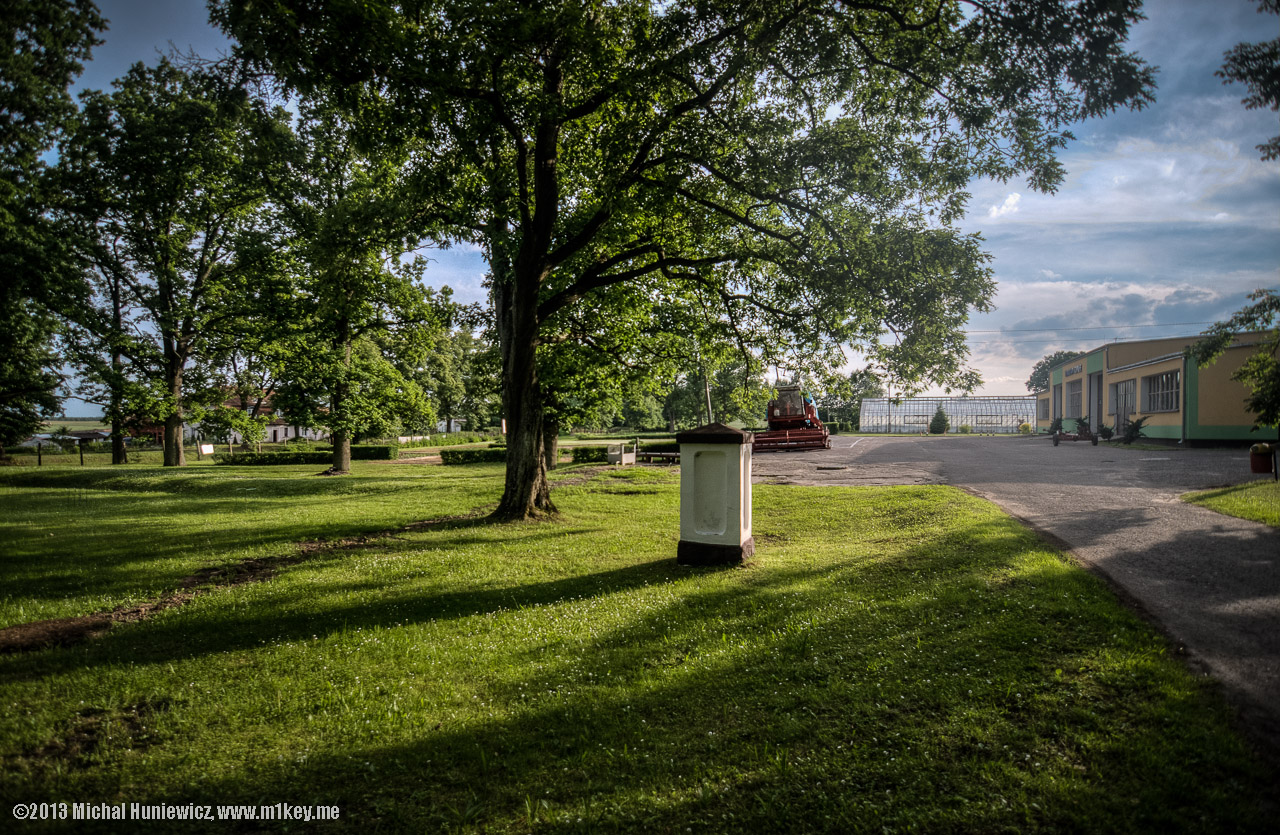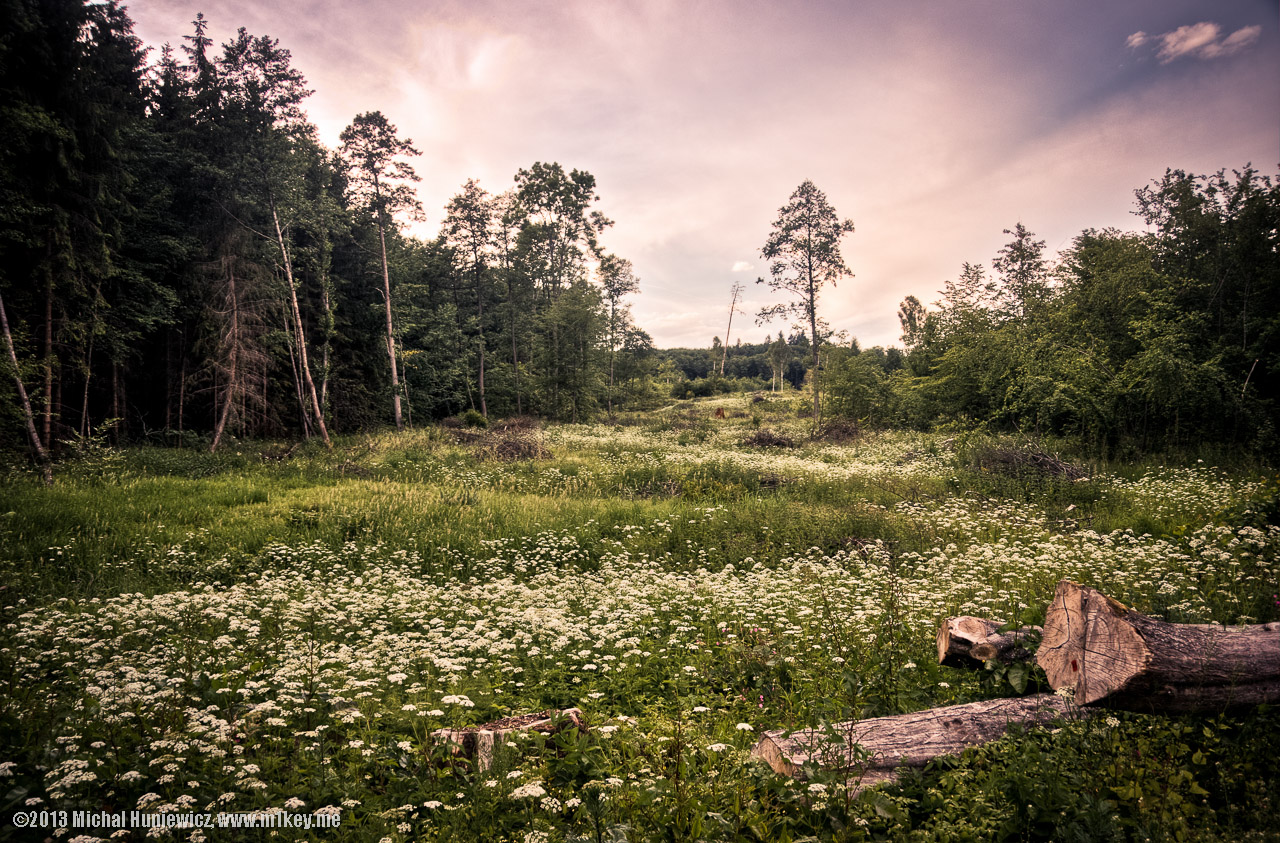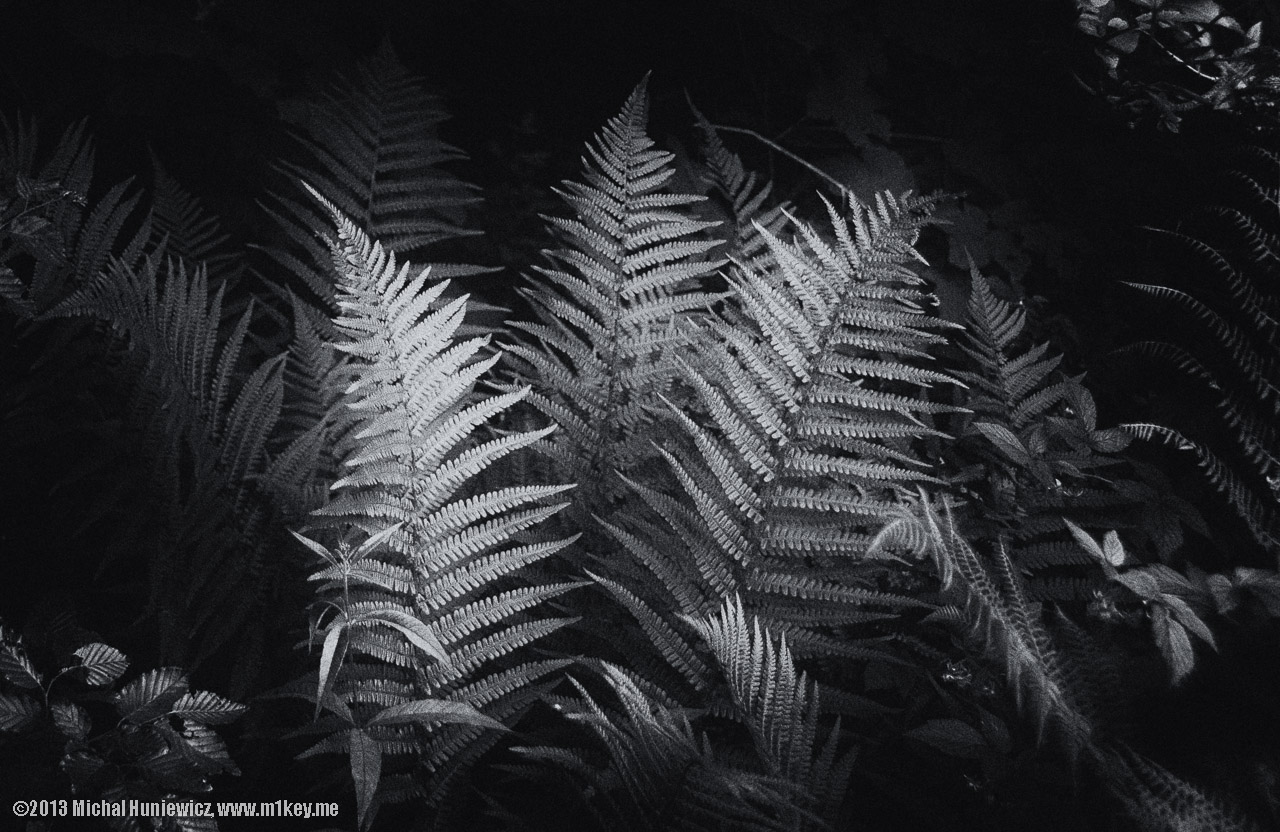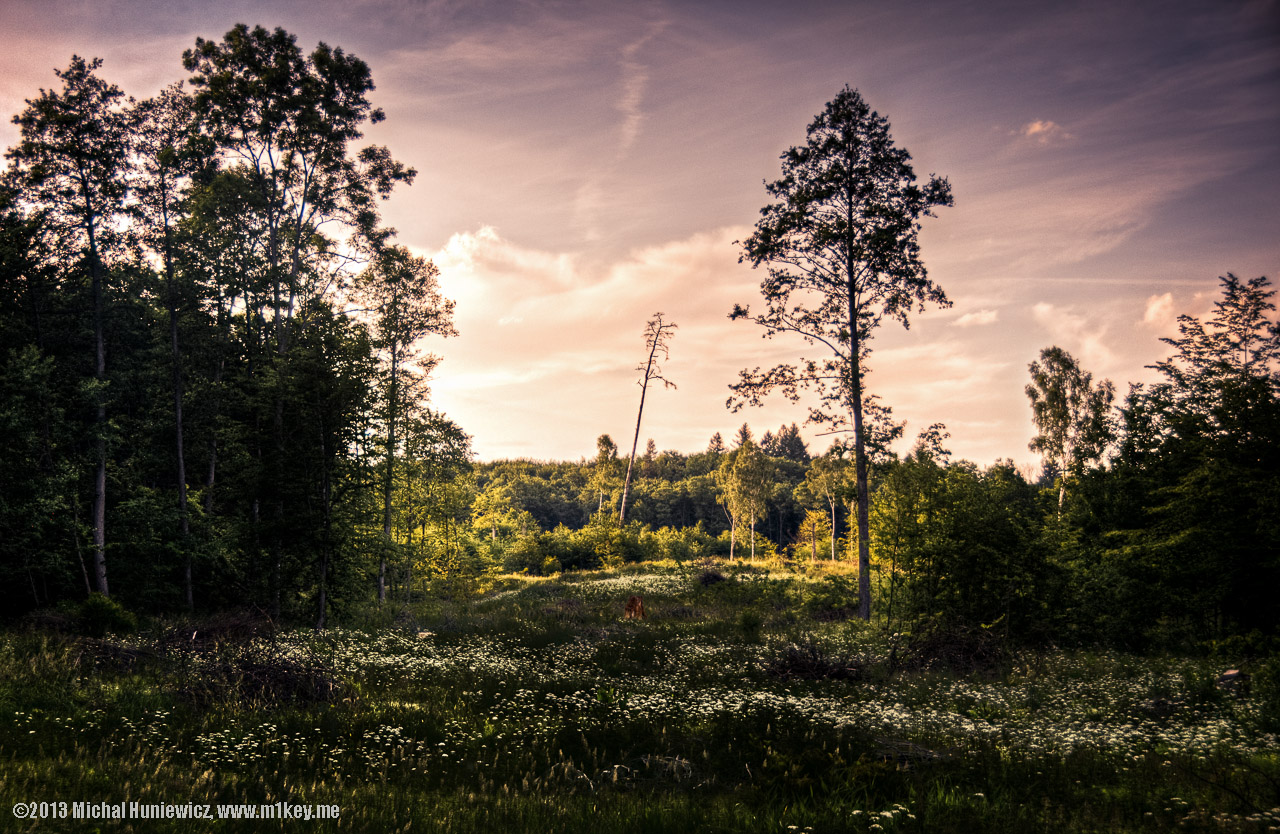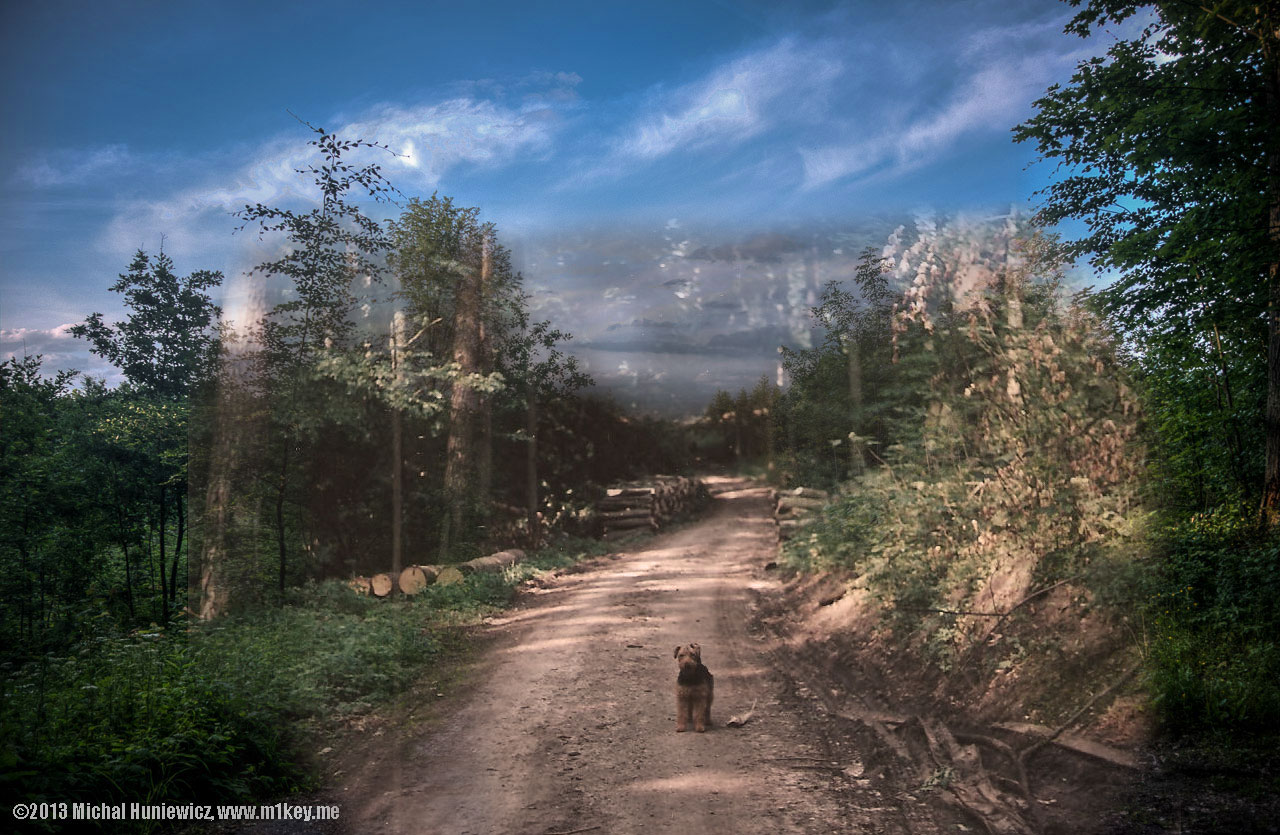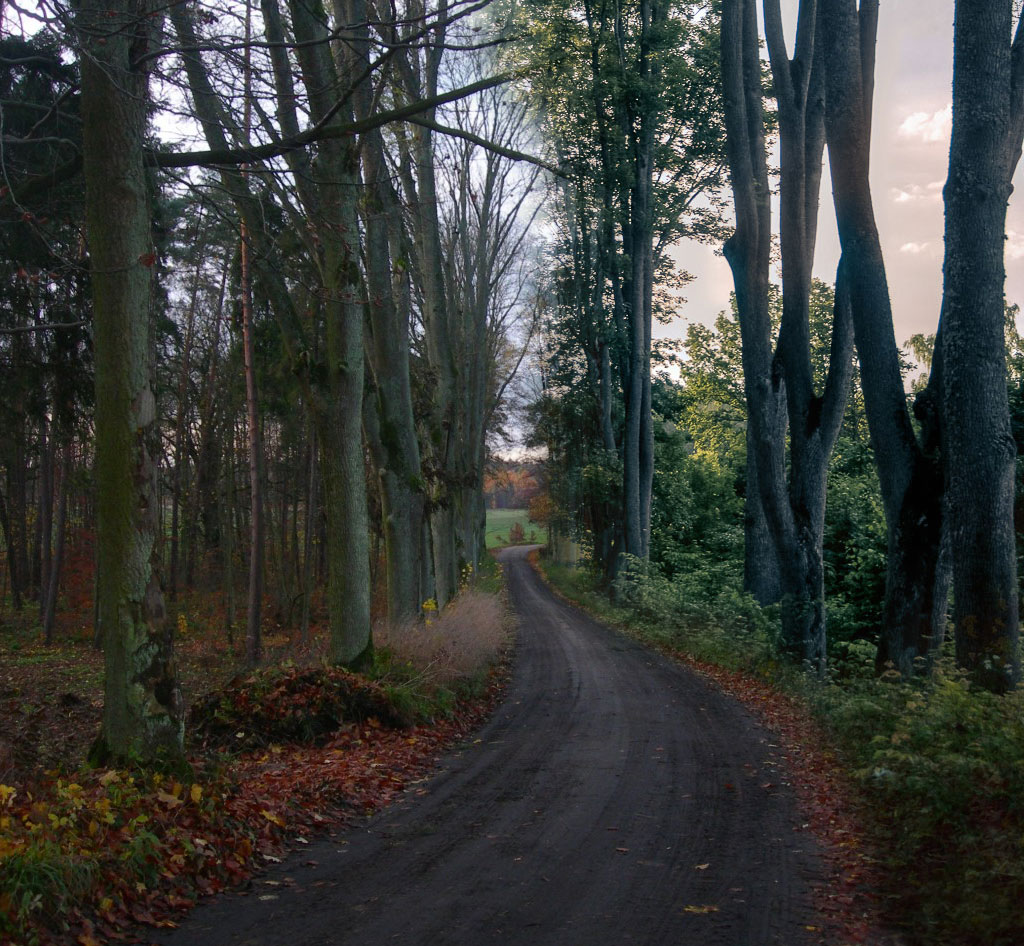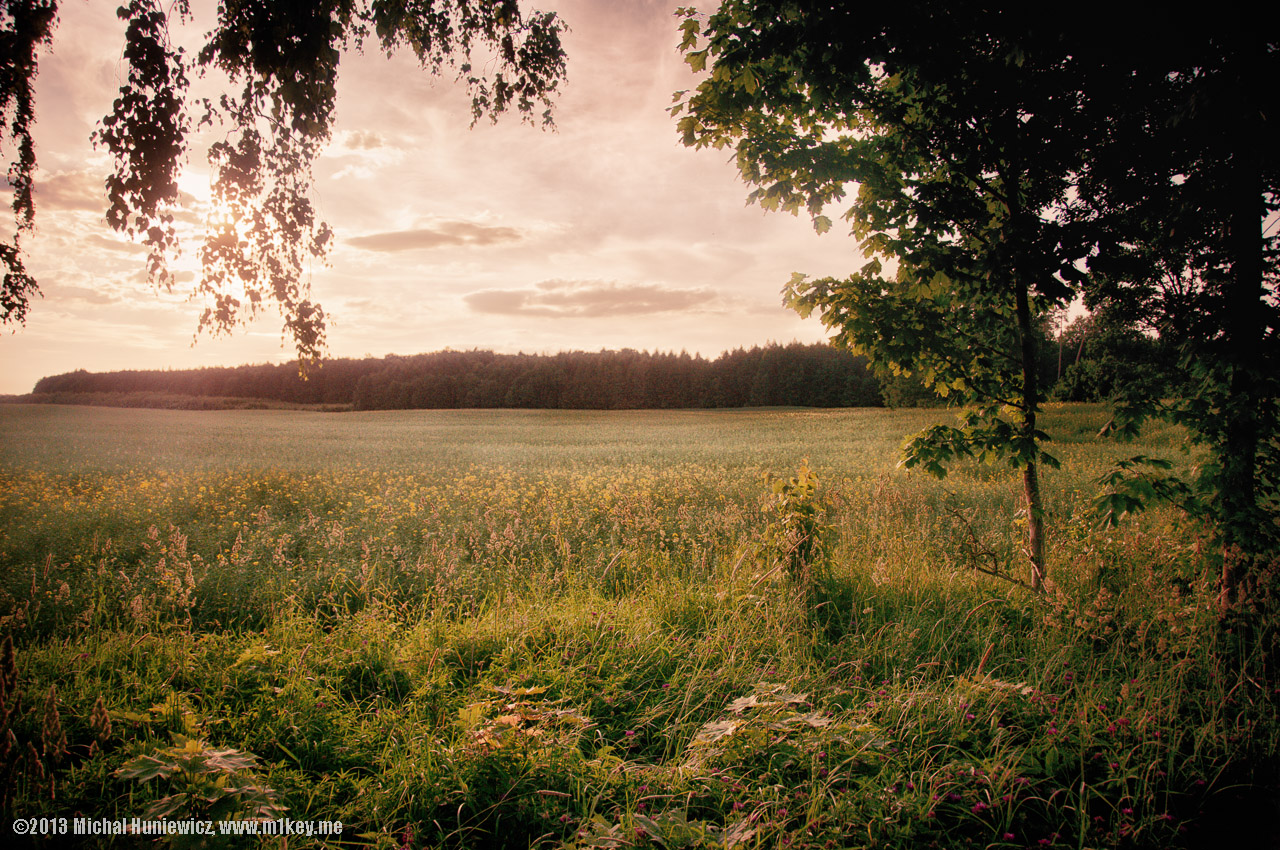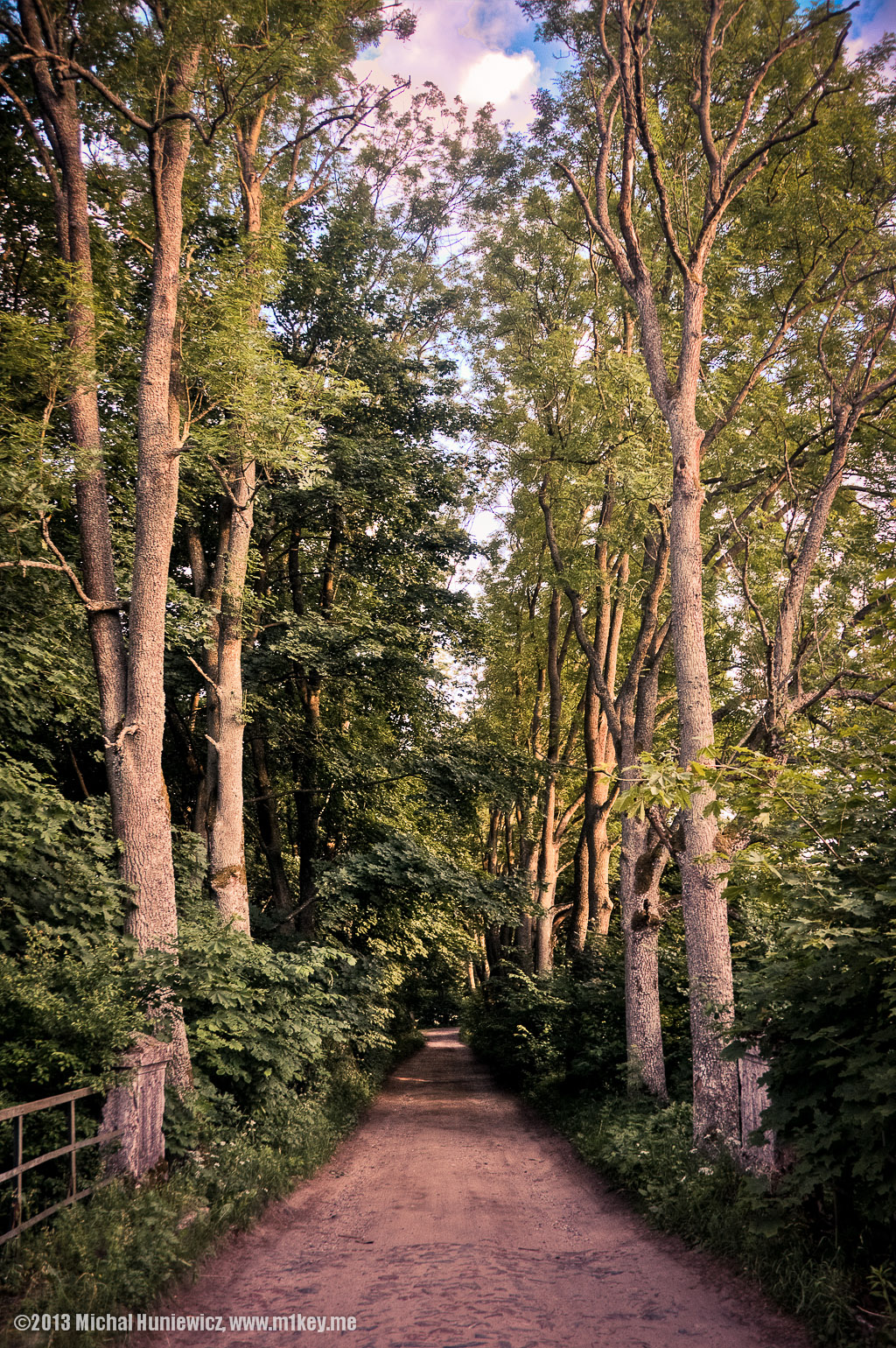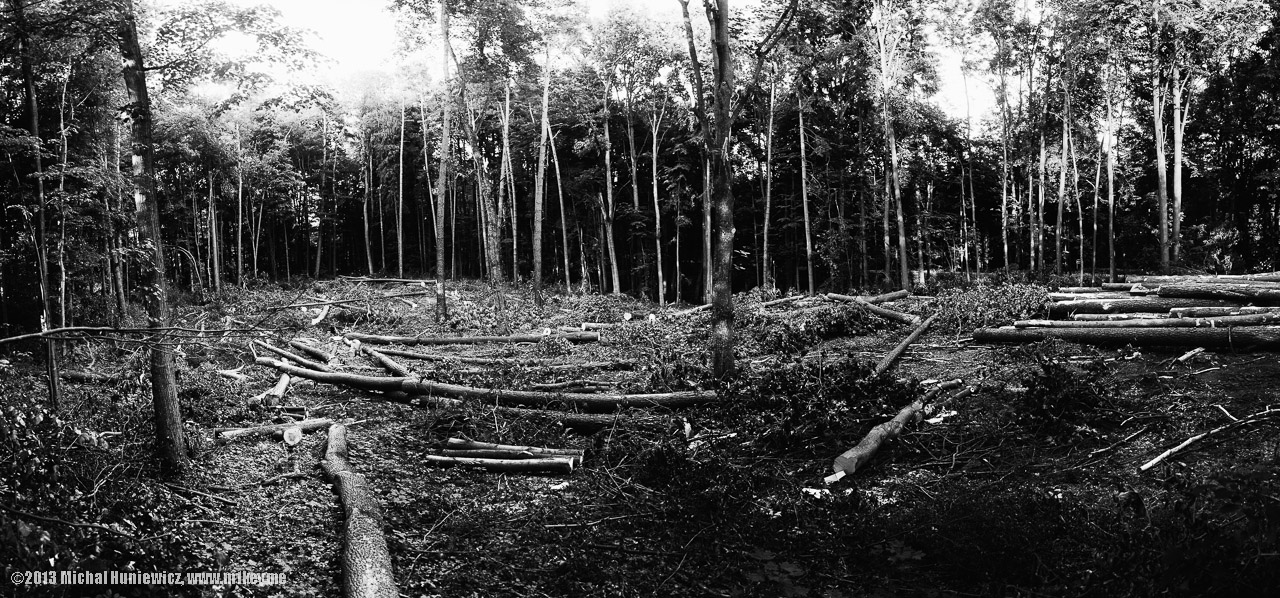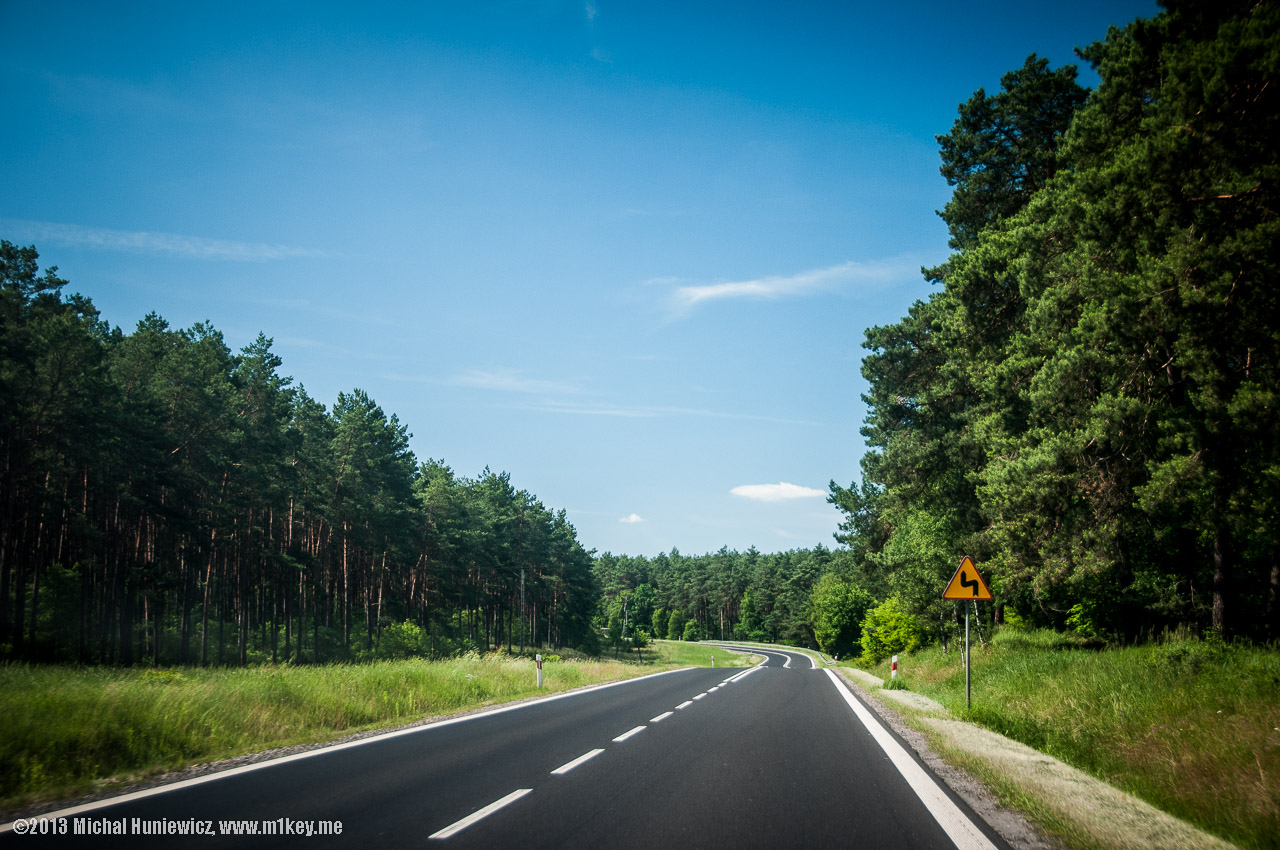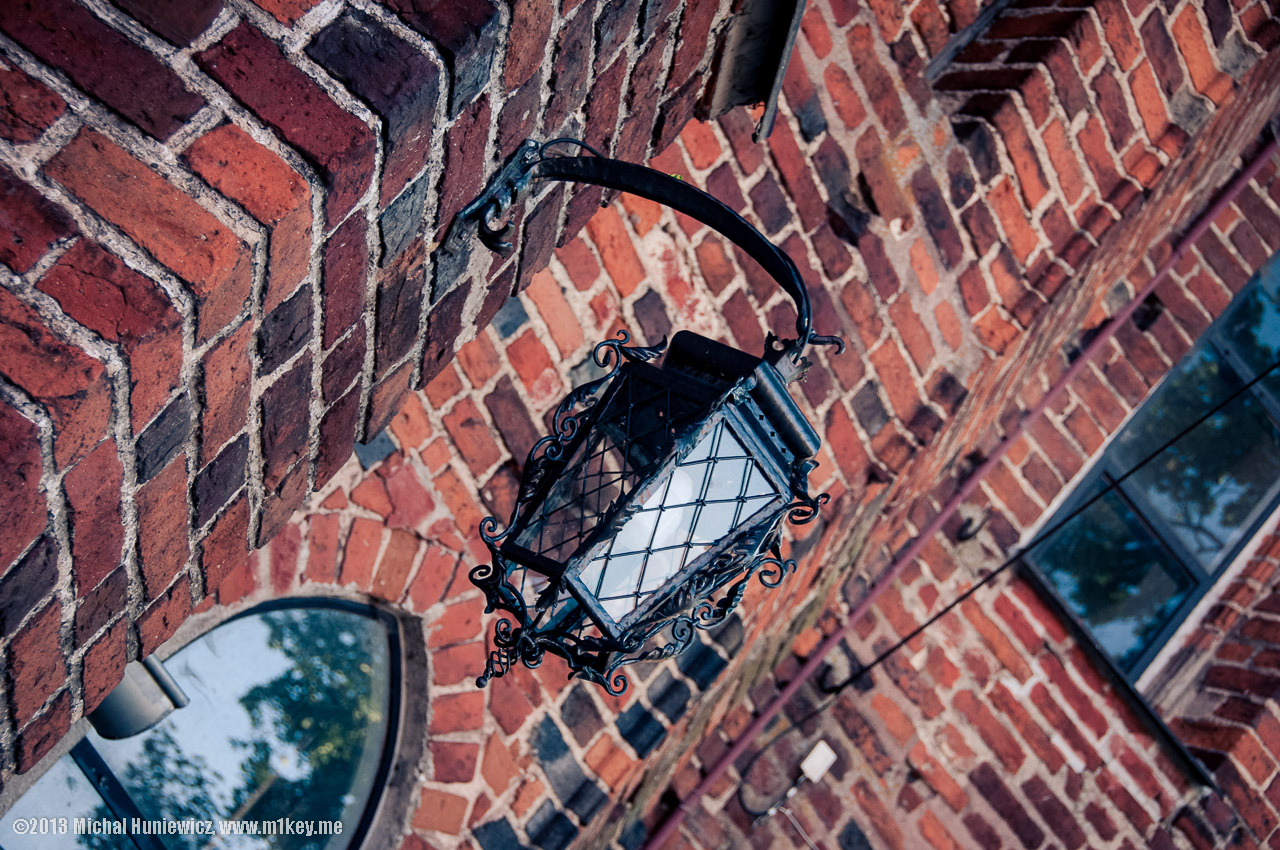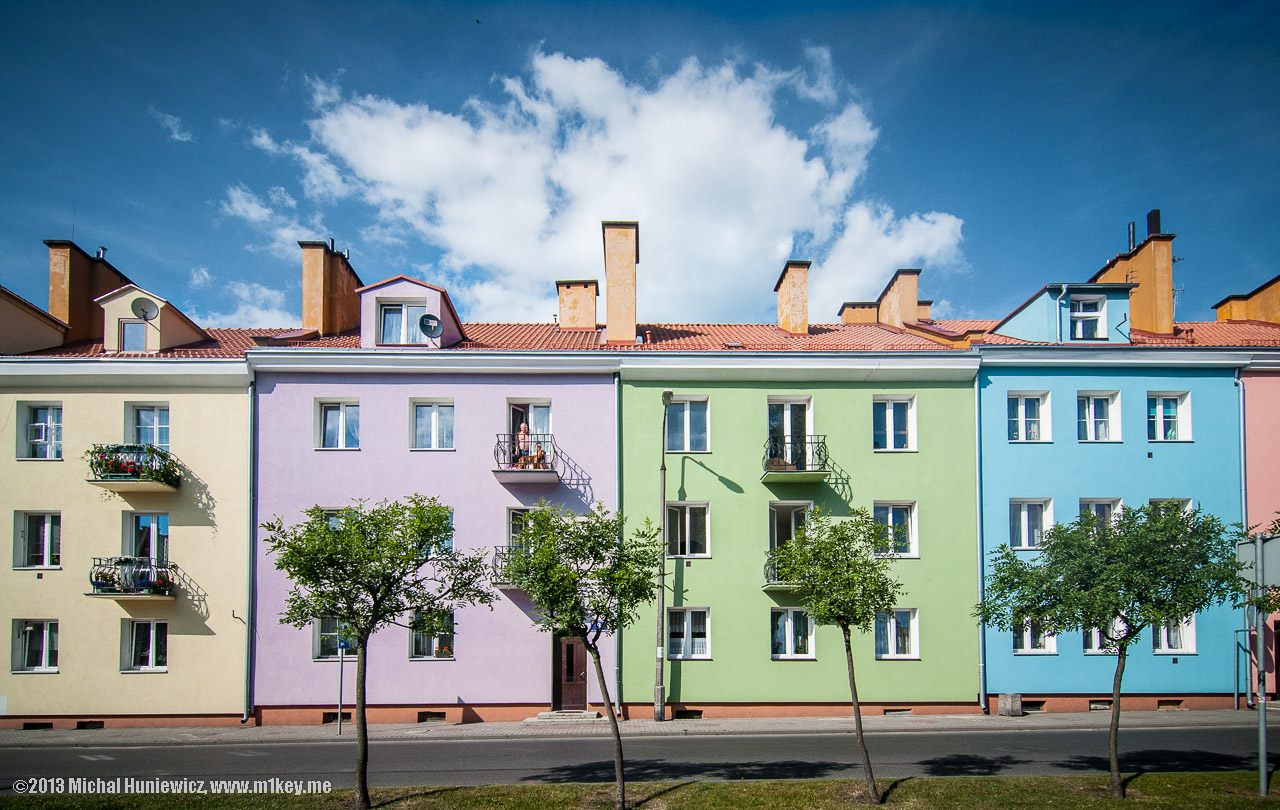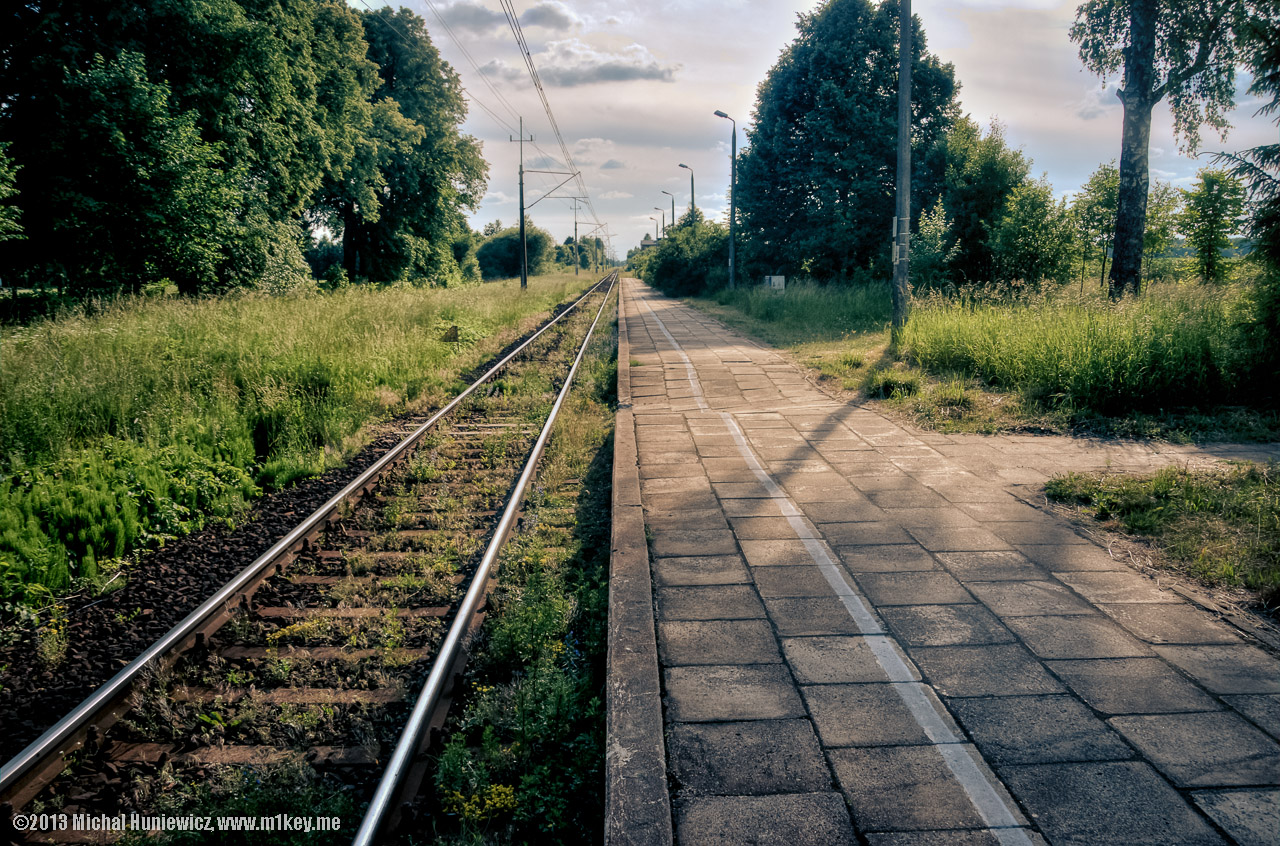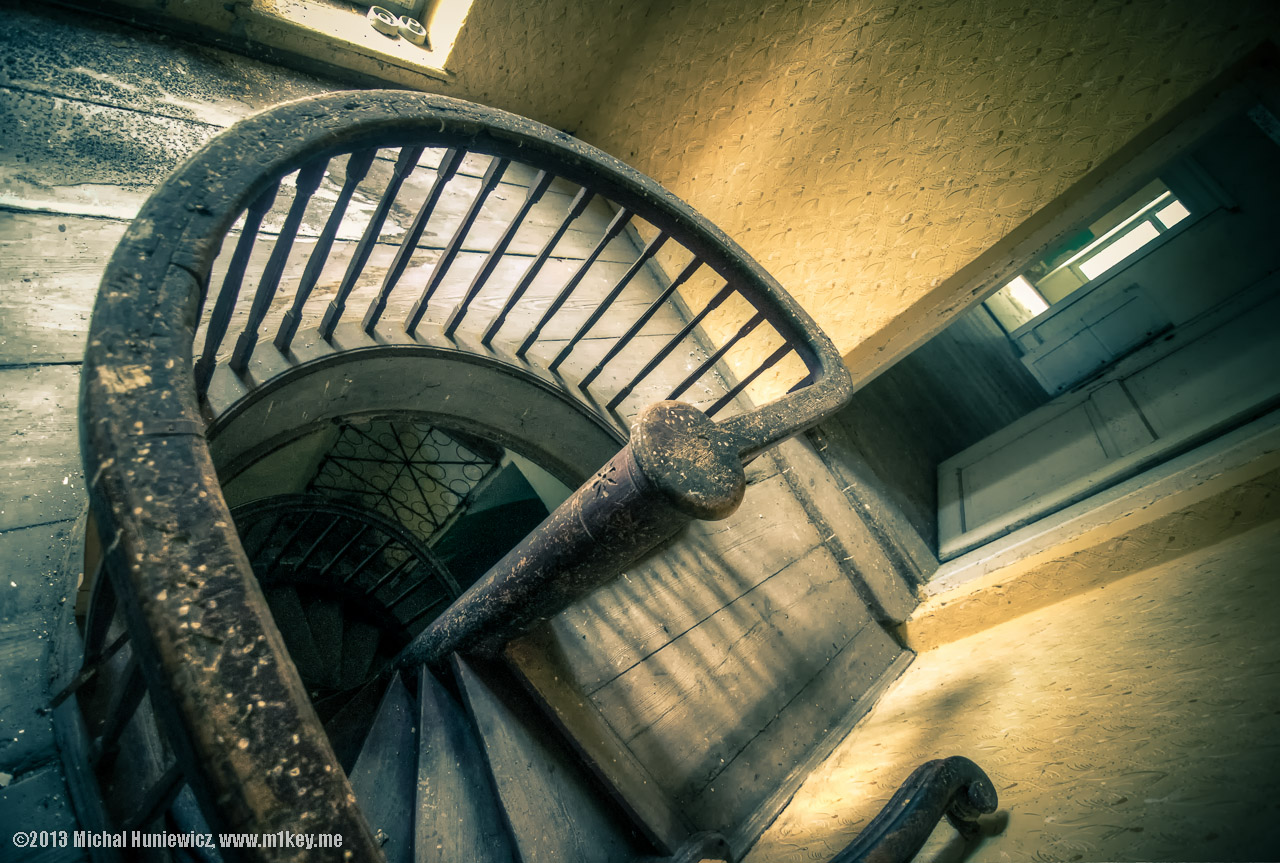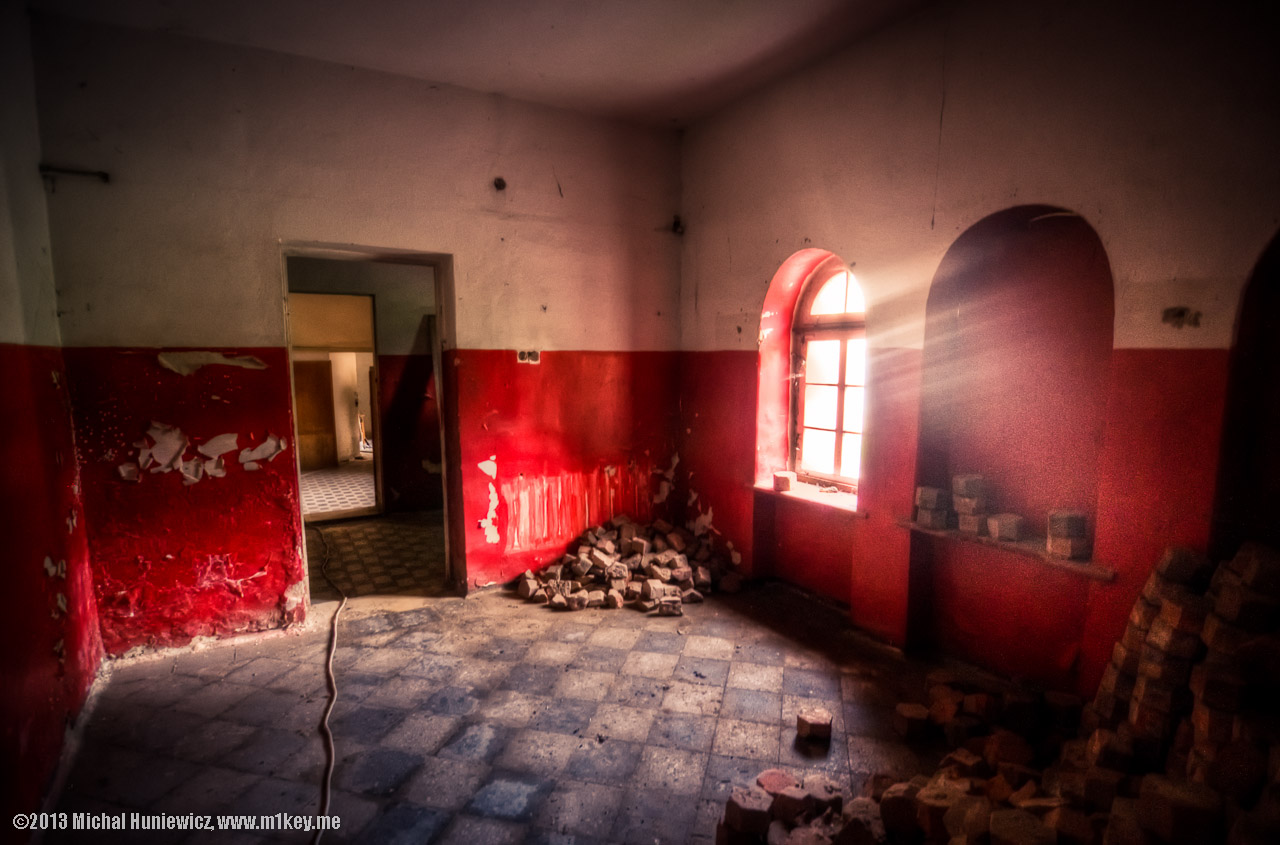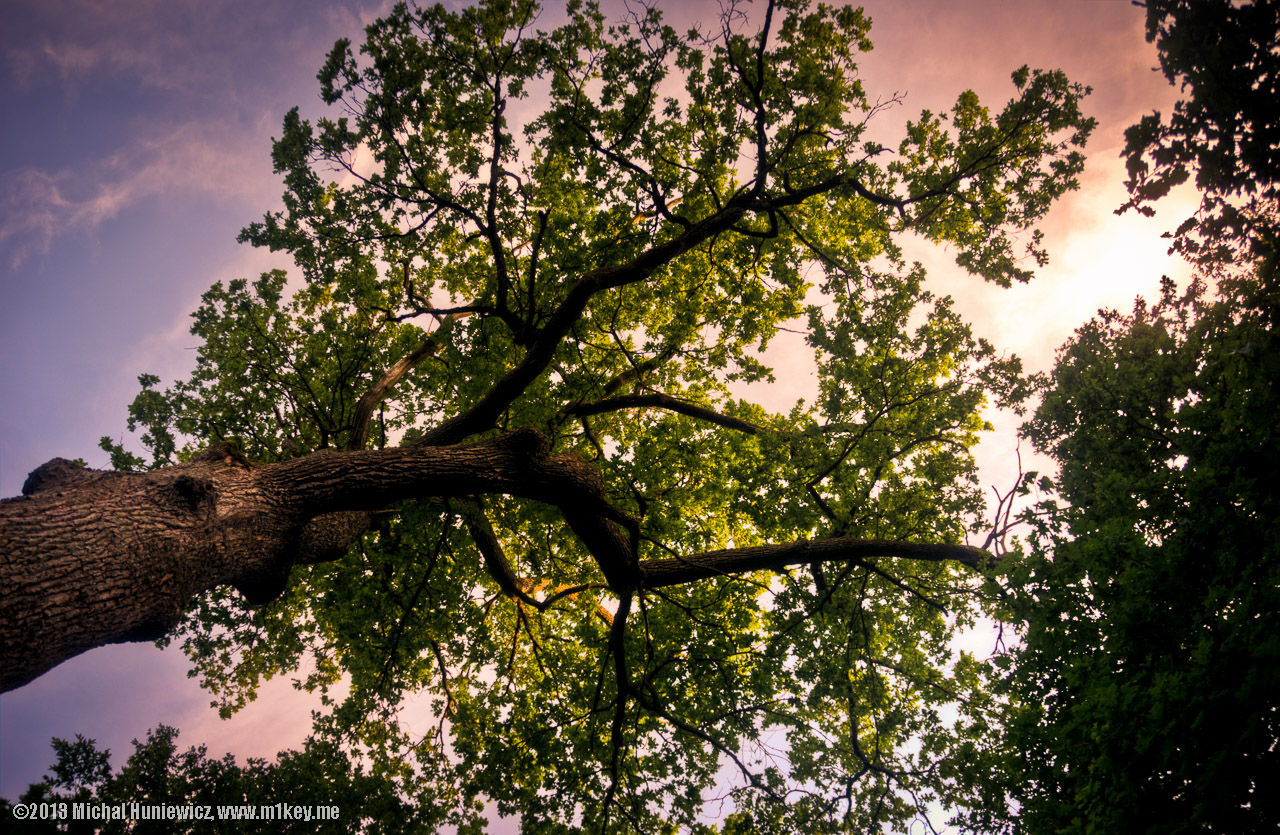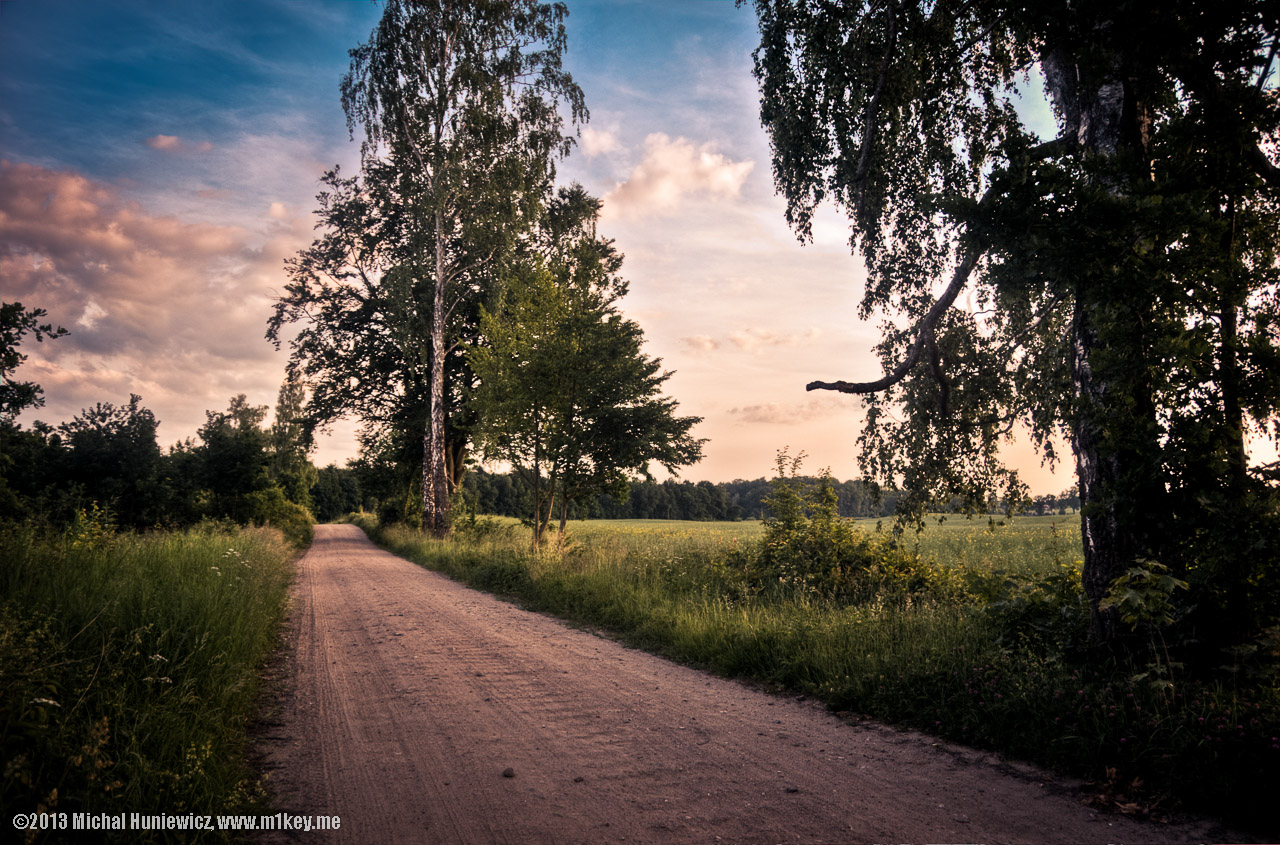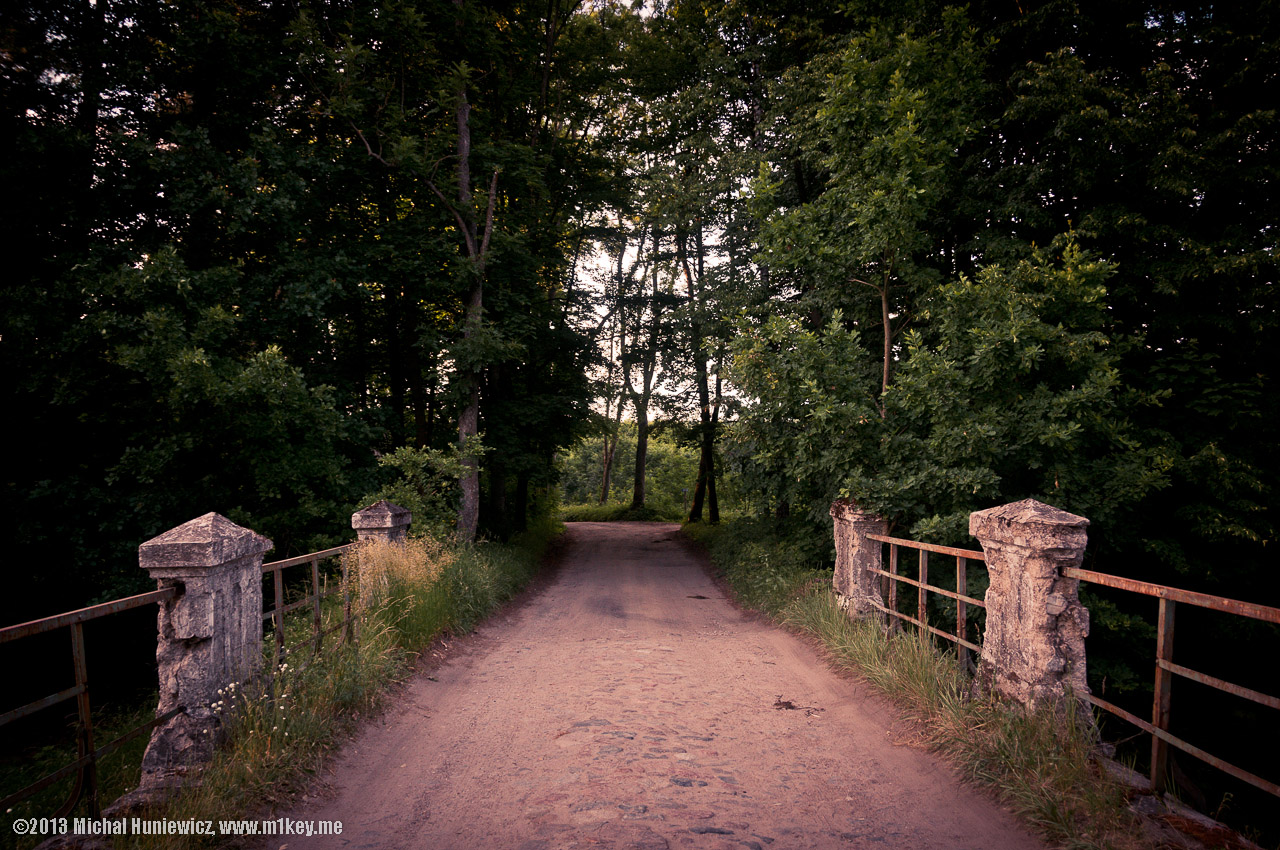Mazury: Dobrocin & Morąg Photography - M1key - Michal Huniewicz

Welcome to Poland, where Jesus I was born! After a year and a half of being elsewhere, the time came for me to visit my parents,
and my dad was kind enough to take me on a short trip to what is known as Mazury (or Masuria in English), a natural region in north-eastern Poland,
that is home to as many as 2,000 lakes [1], and where our family hails from.
Before starting the research, I thought there wasn't much history to that place, but I was wrong - there are a few stories to tell...
Thanks: My dad for taking me there, Mr Zdzisław Szałkowski for letting us into the palace and providing information on it (marked as the source "Sz",
originally from a radio show done by Mr Szałkowski), Tomasz Wiosna for providing historical information, Michalina for identifying trees, and Ammar for caption text review.
This gallery is dedicated to: Daruś, Greg S, Kuba.
Sources: 1,
2,
3,
4,
5,
6,
7,
8,
9,
10,
11,
12,
13,
14,
15,
16,
17,
18,
Sz - Mr Szałkowski's radio show.
Uploaded on: 2013-08-26.
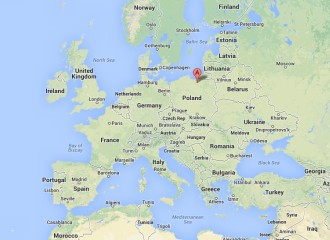
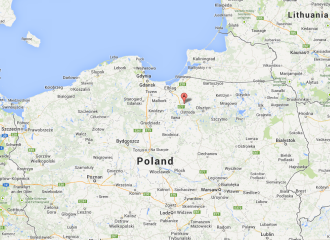
On our way
The old saying goes: if Poland was struck by an earthquake, it would destroy the buildings and bridges, and improve the roads. That however is no longer true,
as the roads have improved at last - although Polish people still complain a great deal.
This picture was taken in Kurzętnik, on our way.
ISO 200, 18mm, f/3.5, 1/2000s.
Stations of the Cross
Poland is the most Catholic country in the world (excluding 4 countries with fewer than 20,000 people). [
2] What you can see in the picture
is Stations of the Cross built to commemorate the Battle of Grunwald, probably the most recent Polish victory against Germany in anything excluding volleyball
(fought on 15 July 1410, in case you're wondering)...
Stations of the Cross is a series of artistic representations depicting Christ carrying the Cross to his crucifixion. There are 14 stations. [
3]
These particular ones are from 2010. [
6]
That's more like it
Masuria has a pretty cool landscape - lakes, rivers, forests, and hills.
ISO 250, 18mm, f/3.5, 1/80s.
Nature
This is my favourite kind of forest - deciduous forest.
If the nature there is beautiful, how about the architecture?
ISO 220, 18mm, f/3.5, 1/80s.
Architecture
... It's not great.
After this region was seriously damaged during WW2 (1939-1945), it was given from Germany to Poland (1945), and communist Poland (1945-1989)
contributed the usual grey concrete blocks of various sizes that now pollute the landscape all across Central and Eastern Europe.
The writing on the wall reads "Freedom of speech".
ISO 200, 18mm, f/3.5, 1/800s.
Narie Lake
What used to be a tunnel valley is now a lake - it's called Narie and it's pretty clean, but not as clean as it gets (2nd class according to Polish authorities).
You can find crayfish in the waters, and eagles and cormorants above, among others. [
4]
The picture was taken in Kretowiny.
On the pier
My dad on the pier, having a look at the lake.
Island
An island, looking quite majestic. Narie has 19 such islands. [
4]
Cottage
And a nice cottage I suppose you could rent, but we didn't ask.
ISO 200, 18mm, f/3.5, 1/800s.
Ogrodowa
Welcome to Morąg (pronunciation: mor-on-g; pronounce the g or it won't be pretty!). This is Ogrodowa Street (English: Garden Street), where my dad grew up, and where my grandparents used to live, and my great grandparents too
(after having to leave their home in the East). As for myself,
I never lived there, but as kids my friend and I set a deodorant on fire in the basement of this building (hello Tomek).
The building survives from the German times. Let's have a brief look at the history of this region.
Multiple images stitched together. ISO 200, 18mm, f/3.5, 1/1250s.
Church
That's a Catholic church in Morąg. Poland is the most Catholic... anyway. It used to be an Evangelic church before the war. On the left hand site a statue of the 18th century German
philosopher, Johann Gottfried Herder, born in Morąg, back then known as Mohrungen, a town in East Prussia, forming part of the Kingdom of Prussia.
As previously mentioned, Poland only obtained this region in 1945; previously it was Prussian (later German). After 1945 almost every person living there
was a refugee from somewhere else, usually from what used to be Eastern Poland, and what then became part of the USSR (such as my family). According to my dad, even in the late 1960s Polish people living
here had a sense of temporariness, and reminded one another not to grow accustomed to the place, expecting another war and further resettlement.
ISO 200, 18mm, f/3.5, 1/1250s.
Church close-up
A close-up of the church.
ISO 1100, 55mm, f/5.6, 1/80s.
Skies over Morąg Marsh
Morąg Marsh (Rozlewisko Morąg) is a small natural reserve, which is home to several species of birds. According to my dad, during the 50s or 60s an attempt
was made to dry the marsh, but it failed due to an observable negative effect on the city (some walls began to crack); now luckily it's
legally protected.
ISO 200, 38mm, f/5.6, 1/200s.
That's the castle?
Imagine my disappointment when, as a child, I was told
this was the castle we were going to visit. Either way, it's a genuine Teutonic castle from 1280,
although not all of it is left, and some has been rather heavily modified, as you can undoubtedly see. [
4]
ISO 200, 22mm, f/5.6, 1/160s.
Town hall
The town hall was seriously damaged in WW2, and then rebuilt between 1947-1954. The rest of the buildings was destroyed by the Soviets, and rebuilt after the war
to resemble the old ones, preserving the street layout, etc.
Also, this is how Poland is overreacting after the grey years of communism: see the colour of the buildings on the left; and one of hundreds of John Paul II statues
on the right.
Two images stitched together. ISO 200, 11mm, f/5.6, 1/640s.
Ah, the colours
Blindingly bright.
ISO 200, 11mm, f/5.6, 1/600s.
Dobrocin Palace
And here is the village where I grew up - Dobrocin, formerly known as Bestendorf (or Groß Bestendorf; occasionally , incorrectly, Alt Bestendorf), and founded in the 13th century (1265 to be precise [
9]). [
7]
Mr Szałkowski, who lives there and showed us around the area, provided me with some materials about this place. He also estimates the oak trees are about 180 years old. [
Sz]
The picture is digitally edited to look old, mostly because I didn't like the colours of the original (I blame the weather).
ISO 200, 18mm, f/5.6, 1/80s.
Dobrocin Palace again
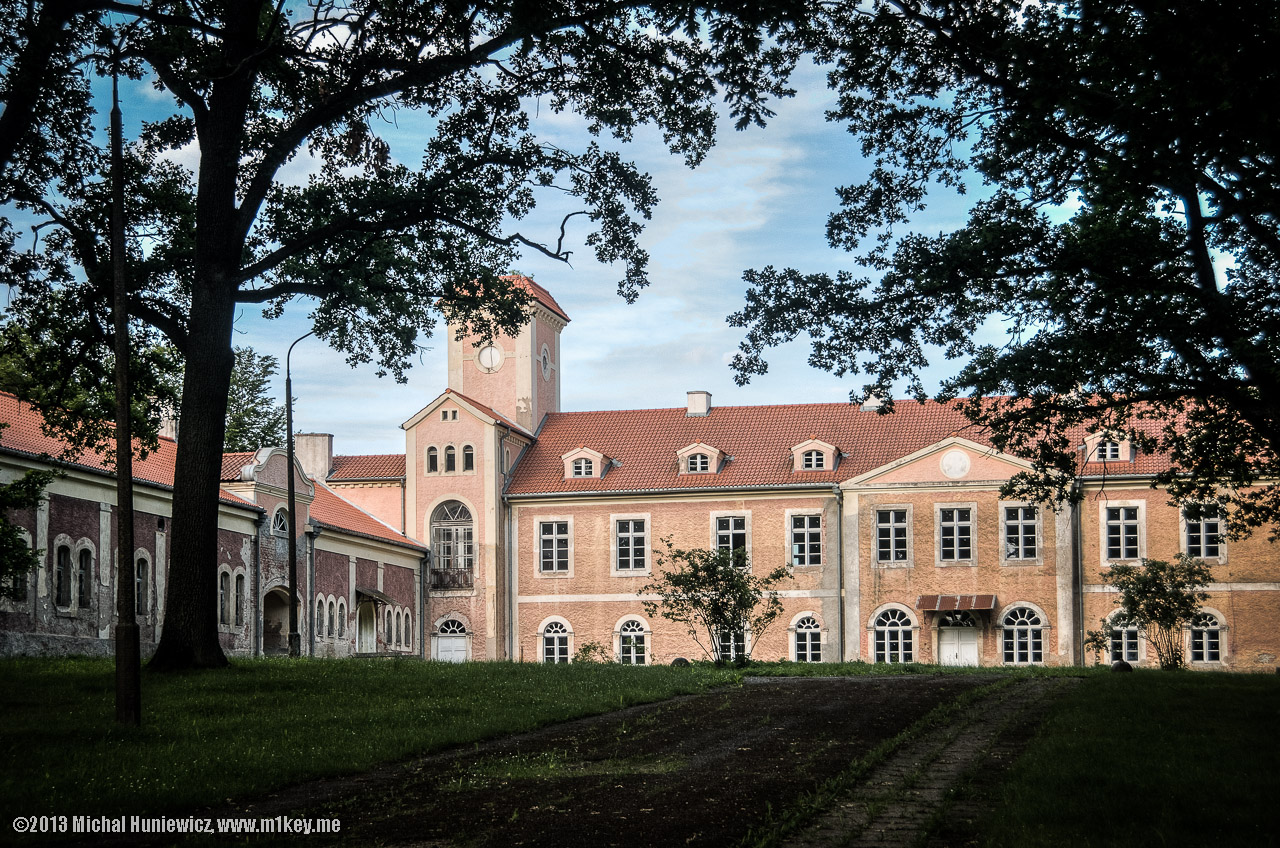
The village was owned by the von Wilmsdorf family from the 14th century until 1792, then it belonged to the Truchsess-Waldburg family, and
then to the Goltz-Domhardt family until 1945 [
9]. The last one of them was Baron Otto von Goltz-Domhardt, and, apparently, his descendants have come on several occasions to visit the village to see
how it's changed - and they liked it, which I found somewhat surprising; and since they were given property in Germany, they have no intention to own anything here again. [
Sz]
I tried to get in touch with one of them, but to no avail.
What happened to the original German population of this region? They were mostly expelled to the new, post-war Germany; but many were killed (by the Soviets conquering this then-German territory,
not so much by the Poles in this part of Poland), while some
chose to stay (albeit not many - 4 families in Dobrocin, as far as I know). Those who stayed (as well as their descendants) had to be discreet about their German origins until 1989, because communist Poland put great
emphasis on Poland being a racially and genetically monolithic country, ironically just like today's right-wing politicians would like it to be. [
14]
In the picture, once again, the Dobrocin Palace, which is now owned privately (since 2001), but sadly being of no use to anyone nowadays; and this is its main entrance where important guests would arrive.
The servants had their own entrance. [
Sz]
ISO 200, 42mm, f/5.6, 1/100s.
Dobrocin train station
This is the train station - there used to be more buildings there, but I only have a very vague recollection of them. Not exactly King's Cross St. Pancras, this place!
Looking West
Train tracks going west.
ISO 200, 18mm, f/5.6, 1/320s.
Looking East
And east, which is the direction of the village itself, but we did not have enough time to pop in.
ISO 200, 135mm, f/5.6, 1/250s.
Warning
A sign reminding you what will happen if you decide to touch electric wires above the tracks (please don't).
ISO 200, 32mm, f/5.6, 1/800s.
The fields
This field was the main playground of my childhood. And my doggy's too.
The ballerina-like shadow in the bottom right corner - that's me taking this picture.
The Island
On the left hand side, far in the back, is what we - my childhood friends and I - used to call "Wyspa", meaning Island (it's not really an island). I must say I remembered it being taller!
We had a semi-strong belief it had once been a monastery or even a castle - but it was only our imagination; and since we were all poor and didn't have much
more than imagination, we had to come up with such stories to keep ourselves entertained.
However, it turns out that it might have been a site of some pagan cult in ancient times, and apparently old knives and daggers have been dug up in its nearest
vicinity. [
10] I have only found one source confirming that, so I would advise to be sceptical.
The place is marked in old German maps as Swente Gora, which sounds remarkably like the Polish "Święta Góra" - Sacred Hill.
In 1945, Dobrocin was briefly known as Świętogóry.
ISO 200, 18mm, f/5.6, 1/250s.
Woods
This is where a hunting blind used to be, for the hunters too fat or too lazy to even move while killing animals from a safe distance.
ISO 200, 112mm, f/5.6, 1/160s.
Stinging nettles
The entire place has turned a into a bit of a jungle - you used to be able to walk here, now it's a sea of pain (stinging nettles).
A very large part of my generation have left Dobrocin and Morąg in search of jobs and opportunities to the new Polish colonies of Germany, England, Norway, Denmark, and the Netherlands, among others,
so the place feels a bit desolate now.
The heyday of Dobrocin was in the late 70s and early 80s.
ISO 280, 18mm, f/5.6, 1/80s.
Pond
One of two ponds (with a road between them; you can't see the other one here; the other one has a small island). The second building on the left was my primary school for the first 4 grades.
My class consisted of 18 kids, including only 4 girls. The school is from 1700, but the building itself from the 19th century. [
7]
During the Napoleonic Wars, there was a French military hospital in Dobrocin. [
9]
And during WW2, Dobrocin was a forced labour site for French prisoners of war. [
9]
Multiple images stitched together. ISO 200, 11mm, f/8.0, 1/160s.
Demolition
Now, this was quite surreal. By pure chance we witnessed the demolition of the communist-era dormitory building, the act of which apparently only took one day,
and since we come to visit once every few years - it was roughly a 1 to 1000 chance.
ISO 200, 56mm, f/8.0, 1/100s.
Dormitories
On the left is the communist-era building, being literally torn to pieces by the excavator; the one on the right was left unscathed, and it is from the 1950s. I must say it wasn't a bad feeling
to see that repulsive building destroyed.
Multiple images stitched together. ISO 200, 11mm, f/5.0, 1/500s.
Palace from the park side
That's the view when you turn around - again, the palace, this time from the eastern side.
According to Mr Szałkowski, this is the site where various buildings have existed over the centuries, the oldest dating to the 13th century. [
Sz]
There was a manor house built in Dobrocin around 1530, but it's completely gone now. [
11]
The palace is from the 17th century, but what you can currently see is what it was turned into in 1840s (Italian Neo-Renaissance style), based on the
previous 18th century version of the building.
Speaking of old buildings, there are also various agricultural buildings in Dobrocin, some from the 18th century, as well as a little morgue (
morguette? no). Unfortunately, we did not have the time to photograph them. One of those buildings
used to be a... Dutch windmill, built in the 19th century - moved later to a skansen (open-air museum) in the city of Olsztynek, where it still stands to this day. [
9]
Multiple images stitched together. ISO 200, 18mm, f/5.0, 1/250s.
Dad
Anyway, my dad didn't seem to enjoy the demolition as much. I wondered why. It turned out that my dad witnessed the creation of that building as well,
because it was his father, who was the supervisor during construction. So my dad was by pure chance a witness of both the birth and death of that building.
Here, he is seen with Mr Szałkowski (the latter on the right).
ISO 220, 18mm, f/8.0, 1/80s.
To the palace!
Then, Mr Szałkowski suggested we could visit the palace!
This is the door leading from the palace to the park. The tree on the right hand side is a larch.
ISO 280, 18mm, f/8.0, 1/80s.
Inside
We didn't have a lot of time, so I only managed to capture a handful of pictures.
The inside of the palace is mostly empty - all the contents were taken as bounty by the Soviets when they took over this land during WW2,
loaded onto 17 train carriages, and sent somewhere to never return. [
Sz]
ISO 200, 11mm, f/2.8, 1/125s.
Vaulting box
One of the fireplaces is from 1639. [
11] There are around 30 fireplaces in total.
The palace was owned by one family, and usually three generations lived there with their servants. Essentially, the whole of
the Dobrocin village existed for the purpose of maintaining that palace. [
Sz]
ISO 640, 11mm, f/2.8, 1/80s.
Stairs
There stairs are in the servants' part of the palace.
ISO 1250, 11mm, f/2.8, 1/80s.
Main entrance
The stairs at the main entrance.
The owners of the palace also owned property in the whole of Masuria and Warmia - they were a wealthy family, and were relatives of important people in the Prussian Administration. [
9]
Johann Friedrich von Domhardt was a Prussian First President (top administrative official in the Prussian provinces),
and despite his expiration in Königsberg, his remains are buried in Dobrocin (the church hill; there is a fairly conspicuous tomb there). [
15, 16]
He initiated the construction of the Masurian Canal (German: Masurischer Kanal; today unusable for commercial purposes because of the damage sustained during WW2,
but you can rent a kayak) and the Bydgoszcz Canal (in use). [
17]
ISO 500, 11mm, f/2.8, 1/80s.
First floor
According to some information I found online [
9], the palace was the headquarters of a Red Army Staff in January-February 1945, but
this is not confirmed by any other sources. This would however explain the fact that the palace was not destroyed like the buildings in Morąg.
After the Second World War, there was allegedly a helicopter landing ground nearby [
9], and, during WW1, there was one for... airships,
actually (presumably the Zeppelins). [
18]
ISO 320, 11mm, f/2.8, 1/80s.
Attic
It has only been the last few years that Polish people from this region have begun to explore its Prussian and pagan past. Perhaps
one day they will accept the Prussian heritage as also their own, despite the previous historical difficulties?
ISO 1600, 11mm, f/2.8, 1/50s.
This used to be a club
This used to be a slightly dodgy night club with strip tease, if I'm not mistaken (I was too young to go anyway). Before that, I can recall a few primary school-organised children's events
(for Christmas, for instance) taking place here, but originally it was a riding hall. The stables are to the right, not visible in this picture.
Two images stitched together. ISO 560, 11mm, f/2.8, 1/80s.
Red, white, and blue
Some of it looks a bit creepy.
ISO 1600, 11mm, f/2.8, 1/50s.
Dobrocin School of Agriculture
This is the school area where my parents used to teach history and the Polish language. This is also where my friend's father made
wooden swords for my friend and myself - that was a happy day!
ISO 200, 11mm, f/2.8, 1/2000s.
In the forest again
This is the forest where I spent most of my childhood (which explains a lot, if you met me personally).
ISO 200, 18mm, f/3.5, 1/400s.
Oak
Nice oak tree.
ISO 200, 18mm, f/3.5, 1/125s.
Fern
Kupala Night (Polish: Noc Kupały) is a pagan fertility rite, still celebrated in many Slavic countries. Not much is known about it,
as when Poland was Christianised most of those beliefs were brutally eradicated by the Christian missionaries,
and they did not care to write anything down. What is known, is that
according to one belief, the event of Kupala Night is when ferns bloom. Find one and you will achieve prosperity, luck, and power. [
8]
On that night village folk would roam the forests, but as it was a fertility rite, I don't suppose it was the fern flower they were actually looking for...
ISO 500, 40mm, f/4.5, 1/80s.
Dusk
Same place couple of moments later, when the sun was a bit lower.
ISO 200, 38mm, f/4.2, 1/800s.
Then and now
These are two images one on top of another. You can get an idea of what had happened to the forest in the meantime - most of it was cut down.
In the older picture, which is most likely from the 1998,
my doggy Sega.
ISO 200, 18mm, f/3.5, 1/160s.
Then and now 2
A photo from a few years ago on the left, and a recent one on the right. This is the forest road to the village of Dobrocinek (literally "Little Dobrocin").
ISO 200, 44mm, f/4.5, 1/100s.
Sunset
The same field I showed you before, this time from the Eastern side.
ISO 200, 18mm, f/3.5, 1/500s.
Road back
The road back to Dobrocin.
ISO 200, 18mm, f/3.5, 1/200s.
Viaduct
The viaduct over rail tracks.
ISO 280, 18mm, f/3.5, 1/80s.
Alley
According to the Polish Wikipedia, such alleys can actually be considered a
symbol of Masuria, as it were. [
12] The trees are Ashes.
ISO 320, 18mm, f/3.5, 1/80s.
Cut-down trees
That's the fate of Dobrocin forest trees - but not all of them, as some patches of the forest are now legally
protected. [
13]
Going back
ISO 200, 35mm, f/4.2, 1/250s.

